
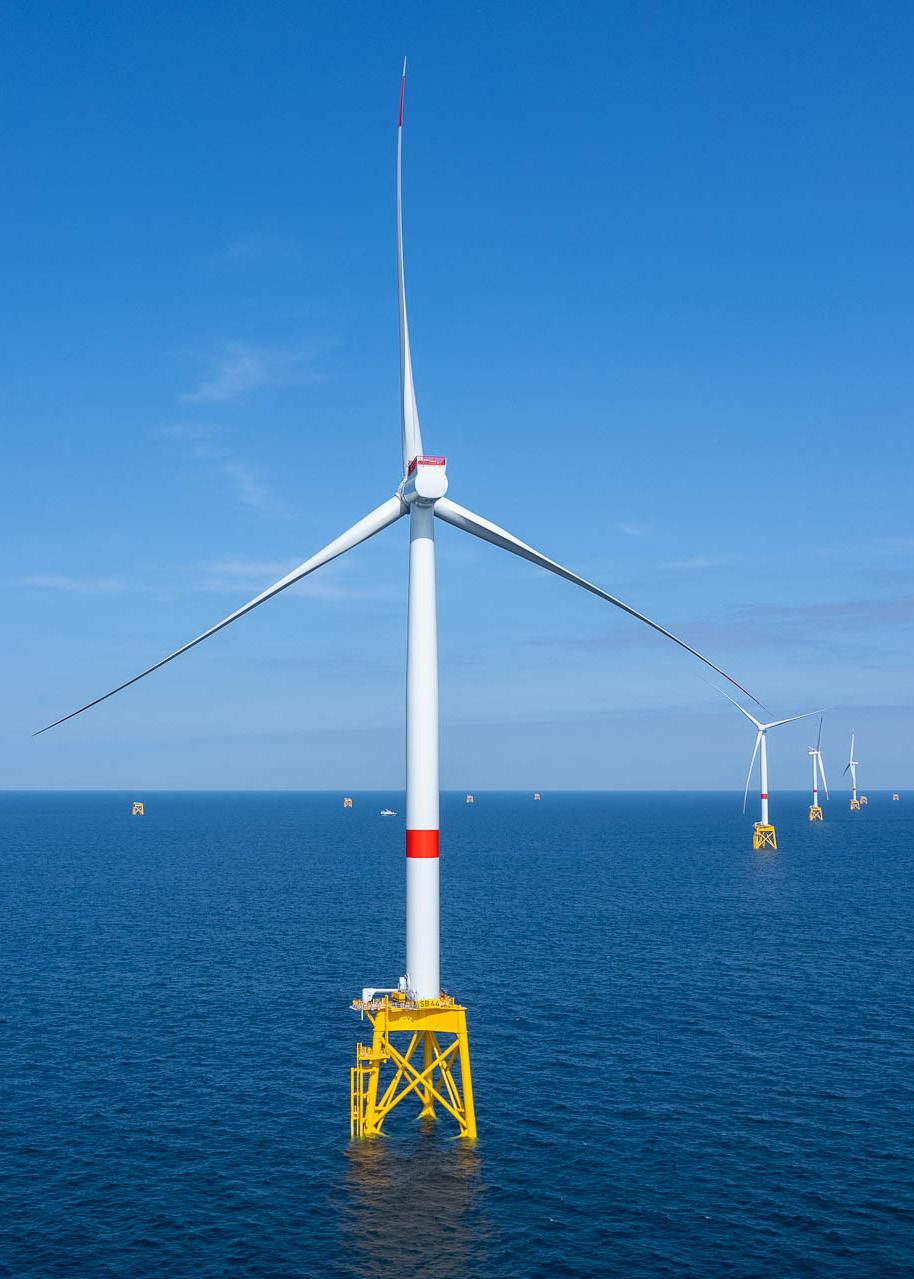

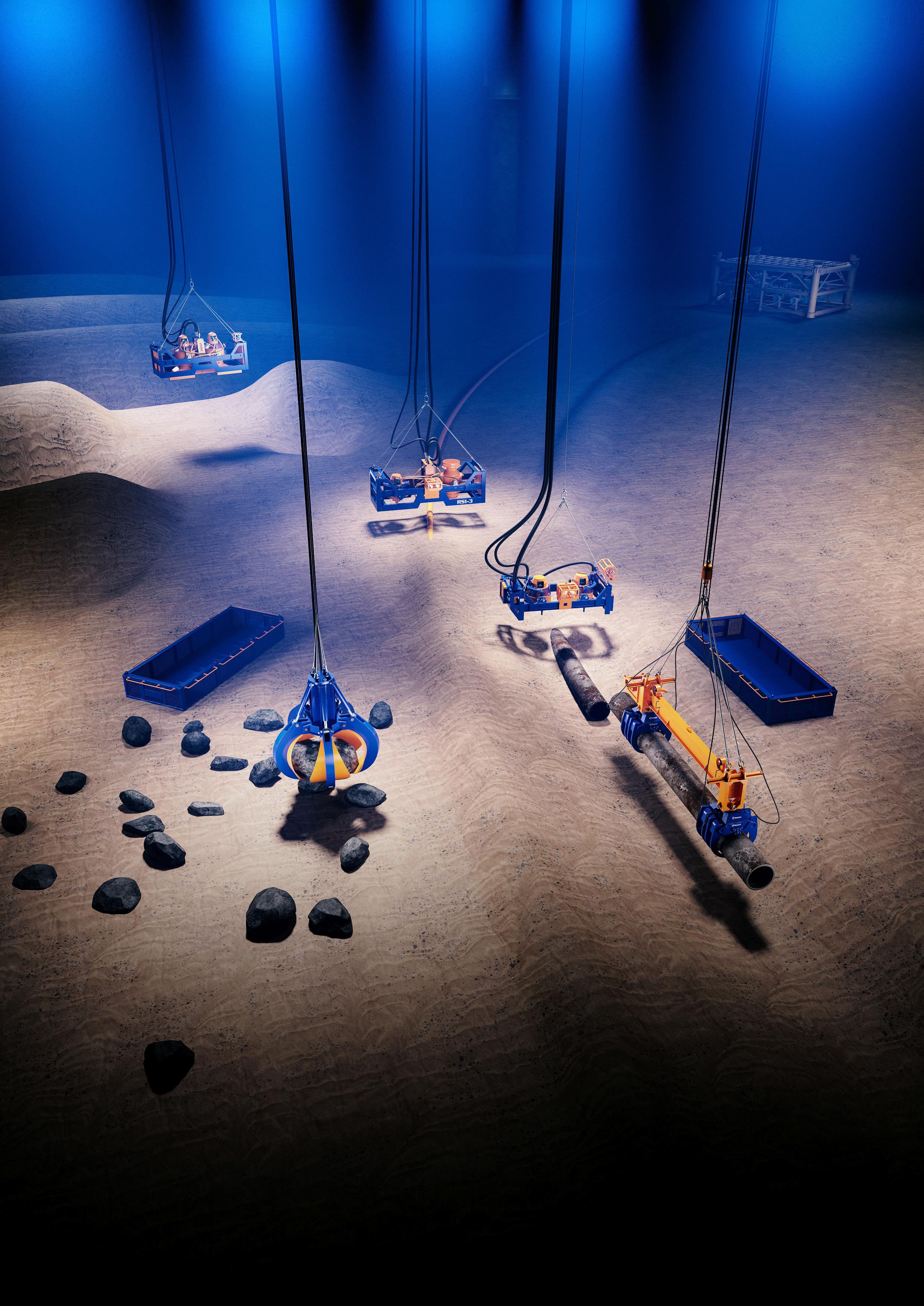






















Welcome to the latest edition of ‘OGV Renewables Magazine’ where we explore the changing landscape of renewable energy and the ongoing energy transition. In this issue, we are thrilled to welcome Three60 Energy as our front cover partner and you can read all about how a strong diversification strategy has helped them to continue to deliver value to their clients across the renewable sector.
Big thanks for the contributions from SSE, Net Zero Technology Centre, Miteco, Bilfinger, Osso, Flotation Energy, Draeger, Aventus, Kimberly Clark, Proteus Marine Renewables, Halliburton and Rosen
As always, we also have the latest news across Wind, Hydrogen & CCS, Geothermal and Electrification with project information from the EIC and contract wins from Infinity Partnership.
Dan Hyland Editor

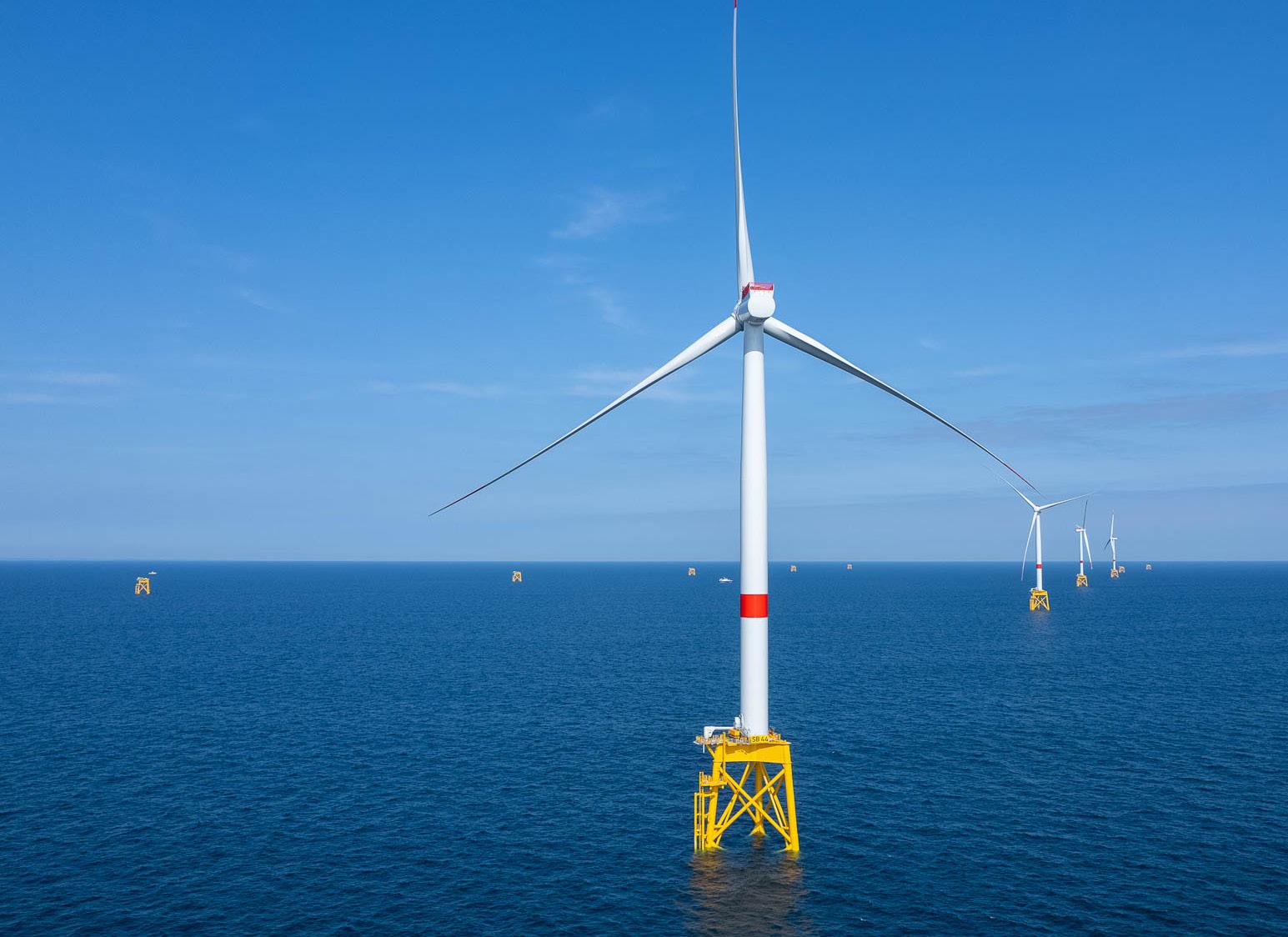
Since our inception in 2016, THREE60 Energy’s growth has been underpinned by a clear and consistent purpose: to deliver measurable value to our clients by solving complex engineering challenges. Initially operating across the energy spectrum, we have expanded organically and through strategic acquisitions to build a global team of over 1,100 specialists. Today, we provide fully integrated, end-to-end solutions across multiple geographies and sectors.
With capabilities spanning oil and gas, marine, defence, nuclear, carbon capture and renewables, we are uniquely positioned to offer tailored solutions aligned with our clients operational and strategic goals.
Across both renewables and oil and gas, our teams bring deep asset lifecycle expertisefrom early development through to end-of-life, including decommissioning and repurposing. We are proud to support a growing portfolio of projects in both onshore and offshore wind.
Our diversified model is not simply about offering a wide range of services - it’s about building resilience, reducing risk, and delivering dependable outcomes. By operating across multiple sectors and geographies, we enable clients to access specialised capabilities and respond to dynamic market conditions with confidence. Whether supporting the decommissioning of legacy infrastructure, repurposing assets for low-carbon use, or enabling the development of new energy systems, we offer a comprehensive and integrated approach. Our in-depth understanding of technical, regulatory, and commercial environments allows us to deliver sustainable solutions that prioritise safety, reduce cost, and optimise long-term performance.

As global momentum around decarbonisation grows, clients are increasingly required to reduce emissions while maintaining operational performance. THREE60 is actively supporting this shift by applying our proven engineering, operational, and system expertise to the challenges of the energy transition - particularly in the wind sector. From early-stage planning to long-term asset management, we bring the same disciplined approach and unwavering commitment to safety that defines our work in oil and gas. Transferring this knowledge into new sectors enables us to help clients accelerate project timelines, optimise performance, and reduce lifecycle costs.
In offshore wind, our value lies in precision engineering, risk mitigation, and lifecycle support. From subsea cable analysis to foundation stabilisation, our work supports safer and more efficient installations with reliable long-term performance.
Since 2018, our Operations Geoscience team has supported the full lifecycle of offshore wind farms - from early development through
to final commissioning - across Europe and Southeast Asia. By delivering geophysical and geotechnical surveys, supporting environmental assessments, and enabling smooth construction and commissioning, the team provides critical insight throughout the project lifecycle.
Recent projects include major offshore survey and site characterisation campaigns in Japan and South Korea. These efforts, delivered through our global network of 24/7 offshore specialists, have provided vital data to derisk early-stage development and accelerate project approvals. Our expertise spans marine operations, geoscience, and subsea engineering, ensuring holistic support for complex offshore projects. With a global presence and the roundthe-clock offshore support, THREE60 is a trusted partner in the delivery of offshore and subsea operations for wind farm development.
Acquisitions have also expanded our renewables portfolio. A strategic acquisition in northern Scotland added onshore turbine operations and maintenance (O&M), high voltage switching, and electrical engineering to our capabilities. These additions have enhanced our ability to maximise turbine uptime, extend asset life, and support grid integration - delivering tangible returns for developers and operators.

A key differentiator is our ability to transfer knowledge from traditional energy sectors into renewables. For example, subsea engineering capabilities initially developed for oil and gas are now being applied to offshore wind and green hydrogen, enabling clients to navigate technical complexity with greater assurance.
Investing in front-end design engineering often delivers significant operational savings. Our Subsea division has long-standing experience in designing ancillary components to ensure subsea pipelines and umbilical's can withstand demanding dynamic environments. We have successfully applied this expertise to offshore wind farms, contributing to the redesign of cable protection systems and improving subsea cable integrity.
When installing offshore monopile windfarms the grouting of the jacket to the turbine tower is a highly critical operation. Proprietary technologies such as the PileProp© and Pile Fixation Tool (PFT) enable clients to extend the installation weather window, thus streamlining foundation installation. These solutions have delivered measurable value at major European wind farms by reducing risk, improving safety, minimising vessel time, and ensuring installation accuracy.
The PileProp© gripper system features self-contained hydraulic cylinders positioned within the jacket stab-in sections to provide a rigid seabed connection. Installed within pin-piles prior to grouting, the system significantly reduces complications caused by deflection. It can be remotely operated via line-of-sight wireless communication or 4G, and the cylinders can be depressurised and left in situ after installation - simplifying operations and improving efficiency.
Our contribution to renewable energy extends beyond jacket installation. We provide end-to-end engineering and project management for all associated infrastructure components - including substations, access roads, cable carousels, cable laying equipment, control systems, and grid connections.
Our work with Sumitomo Electric Industries and DEME on high-voltage cable manufacturing and installation projects demonstrates our ability to manage complex,
We believe in the power of collaboration to drive broader and more effective solutions. During our involvement in the ORE Catapult and Energy Transition Zone (ETZ) funded Fit4Offshore Renewables (F4OR) programme, it became evident that the sector seeks more integrated service models. In response, we formed a collaborative partnership with two other F4OR-granted companies - Dron & Dickson and Forsyths.
By aligning our business development, client engagement, and technical delivery capabilities, the consortium has secured approved vendor status with a leading Tier 1 offshore wind contractor. This collaboration has enabled us to provide bidding support on several offshore wind projects and formalise a consortium agreement that ensures contractual and risk alignment through a single interface.
This partnership has also highlighted the continued demand within renewables for the quality of engineering and project delivery that our oil and gas heritage brings.
Today, 30% of our revenue is derived from non-oil and gas sectors - a reflection of our ongoing commitment to sustainability, decarbonisation, and strategic diversification. As the energy landscape evolves, we are focused on remaining a trusted partner to clients navigating the transition.
By continuing to invest in our people, technology, and partnerships, we are strengthening our ability to deliver safe, reliable, and integrated solutions across the full asset lifecyclesupporting the needs of today while shaping the ambitions of tomorrow.
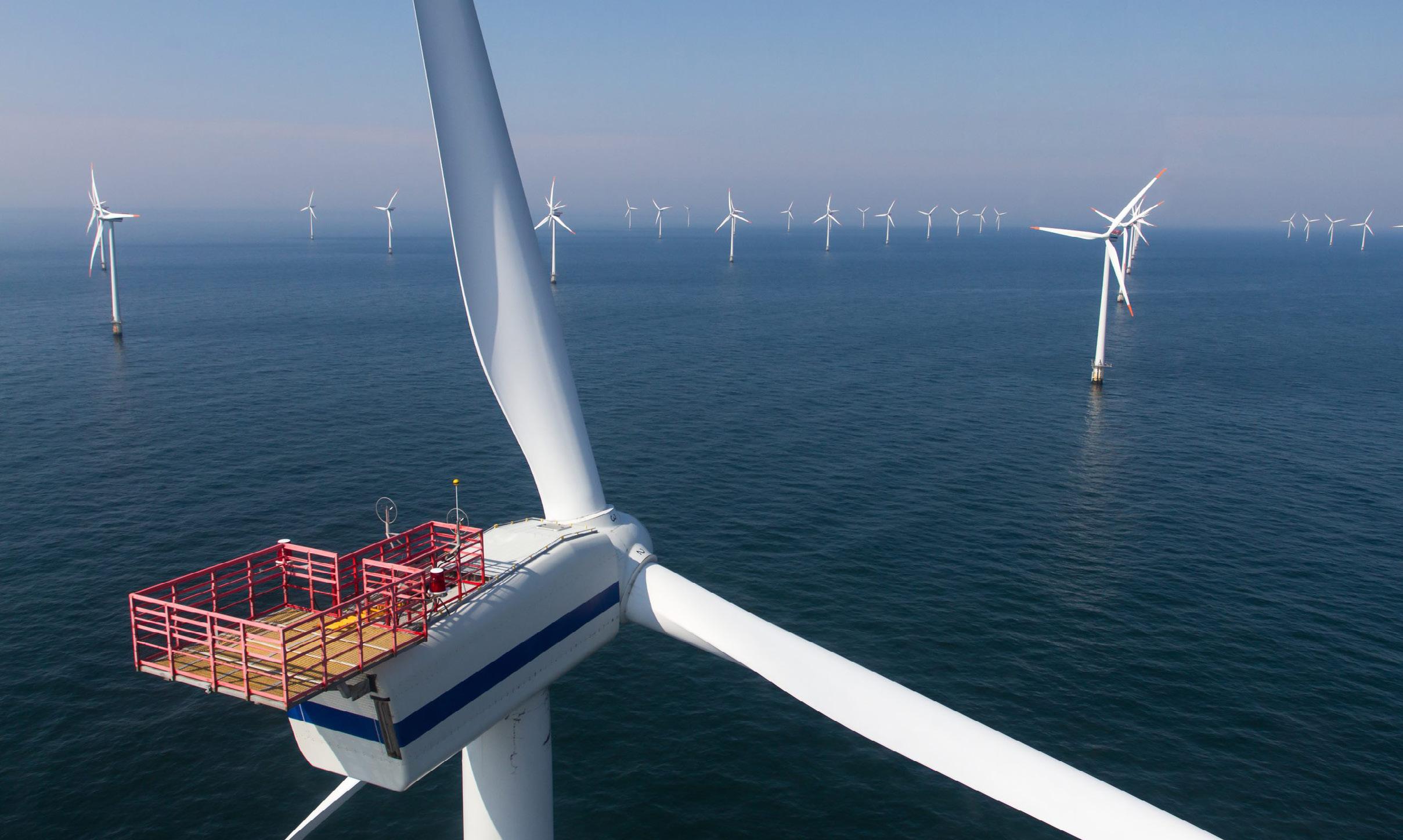

OF INNOVATION & EXPERTISE IN ENGINEERING AT YOUR FINGERTIPS

RCP - Instrumentation and Control System specialists have made significant investment in fibre optic equipment such as fusion splicing machines, mechanical splicing kits, fibre optic ovens, optical power meters, optical microscopes and polishing equipment to terminate and test fibre optic cables, connectors, junction boxes and patch panels to a very high standard.
In 2021 a dedicated fibre optic workshop was set up at our Blackburn facility to provide fibre optic training to the onshore, offshore and renewables markets.
Fusion Splicing of single mode and multimode cables using Fujikura fusion splicers, construction of bespoke fibre optic cables and connector sets, construction of circular plug/socket connectors for hazardous area use. ATEX/IECEx zone 1 connectors, cables made up with pre-potted glands and tails to facilitate ease of fitment to drilling platforms, rigs offshore and renewable assets.
Mechanical splicing – Corning and Huber + Suhner connectors, ST, SC and LC, insertion loss and cable loss measurements, testing connectors and cables for insertion loss and return loss. OTDR testing using Fujikura machines.
The format of the course starts with the theory of Fibre Optics. Safety when using Fibre Optics, FO cable selection and connector types. Stripping fibre optic cables and


preparation including the use of fan out kits, the use of fibre breakout boxes and fibre optic plug socket connectors and an understanding of loss budgets for fibre optics.
Delegates will learn how to manually splice using a Corning Kit with ST, SC and LC connectors. They will learn how to measure insertion loss of splices, connectors and cables. The delegate will use a fibre optic power meter. There will also be an introduction to fusion splicing.
The training course consists of both theoretical and practical elements with approximately 75% of the course being practical exercises where the delegates get to practice the skills taught.
By the end of the course each delegate will be able to identify different types of fibre cable for use on/offshore, select the correct type of cable and connector for the application in hand, prepare and manually splice a connector onto a fibre optic core(mechanical splice), test the integrity of the connector and measure the insertion loss of the cable or cable system.
For
The delegates will be able to fault find and repair fibre optic cables and connectors, prepare and splice a connector onto a fibre optic core known as fusion splicing.
The course material can be created bespoke to a company’s specific requirements. The course runs over 2 days.
A certificate of competence will be issued to the delegate's employing company on successful completion of the course.
RCP provide the following site services on or offshore
Fusion Splicing of single mode and multimode cables – Fujikura fusion splicers, Construction of bespoke fibre optic cables and connector sets, Mechanical splicing – Corning and Huber + Suhner connectors, ST, SC and LC. Construction of bespoke fibre optic cables and connector sets – Insertion loss and cable loss measurement, testing connectors and cables for insertion loss and return loss.



OGV GROUP
Editorial newsdesk@ogvenergy.co.uk
+44 (0) 1224 084 114
Advertising sales@ogvenergy.co.uk
+44 (0) 1224 084 114
Design
Jennifer McAdam Cali Gallow
Journalist
Tsvetana Paraskova
CONTRIBUTORS










OUR PARTNERS








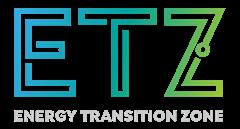


TRAVEL MANAGEMENT PARTNER

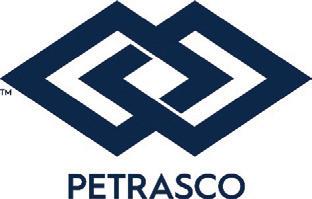
‘ATPI is a global leader in providing travel to the energy and shipping sectors.
The team’s wealth of knowledge in the energy market sets us apart from our competitors, and combined with the fact that we own and control all our own technology and operate one single platform globally make the offering to our customers truly unique.
LOGISTICS PARTNER
Petrasco aims to be the logistics partner of choice for the Energy industry; meeting the need for urgency in your logistics is our mission.
The Energy industry has unique and pressing logistical requirements. Petrasco recognises the need to keep the vital components flowing to maintain production and operations around the globe.
ADVERTISE WITH OGV

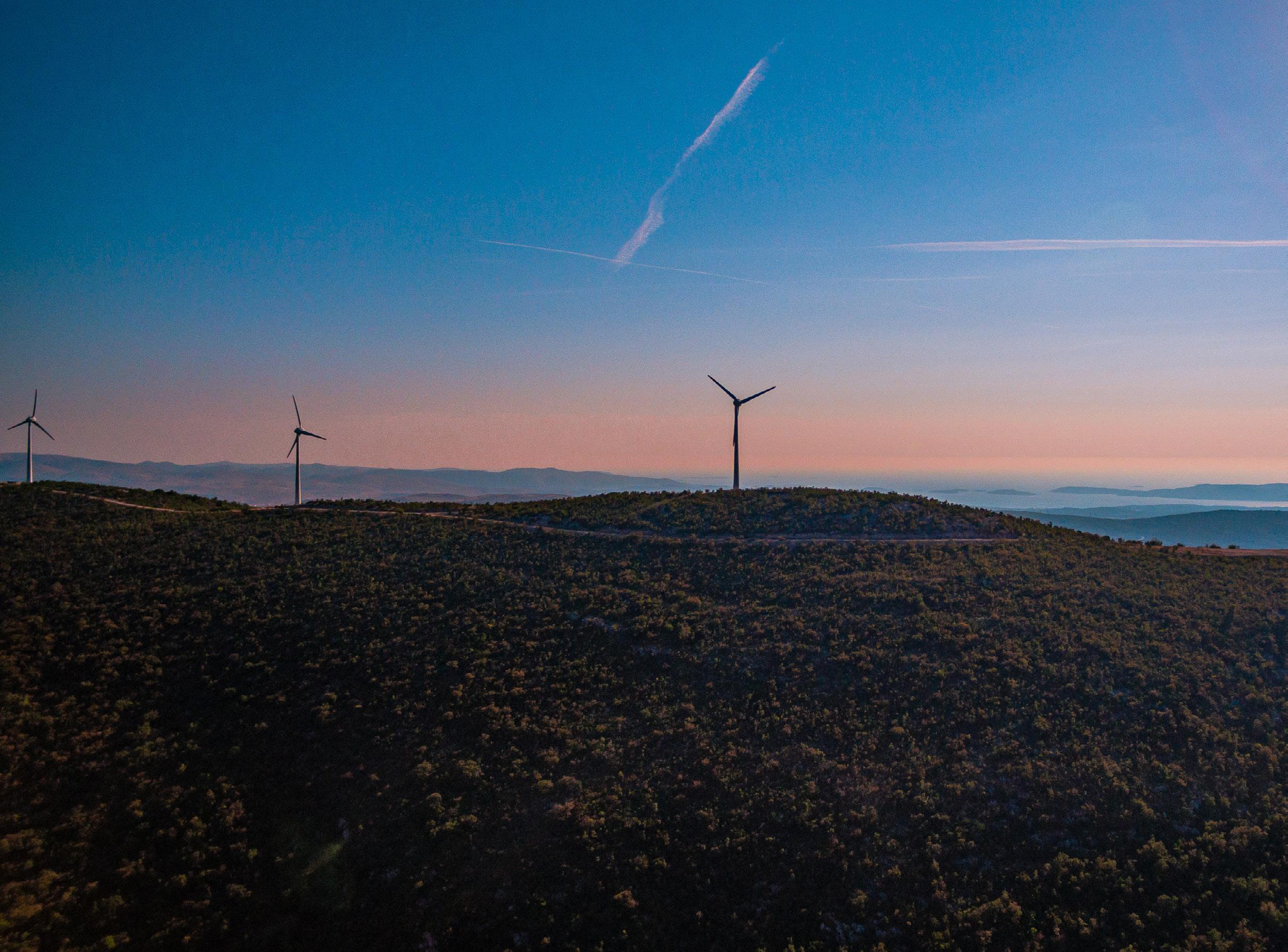
The UK has recently raised government funds to support clean energy projects and the supply chain servicing them, while Britain agreed to a closer cooperation with the EU on emissions trading.
The UK secured in May a new agreement with the European Union to support British businesses, which the UK government says will back British jobs and put more money in people’s pockets.
In a reset of the post-Brexit relations, the UK and the EU agreed on closer cooperation on emissions through the linking of the respective Emissions Trading Systems.
The EU launched the ETS in 2005, becoming the world’s first carbon market. After exiting the EU, the UK launched its own carbon trading scheme.
Now the linking of the systems is expected to improve the UK’s energy security and avoid businesses being hit by the EU’s carbon tax

due to come in next year—which would have sent £800 million directly to the EU’s budget, the UK government said.
Combined, the SPS and Emissions Trading Systems linking measures alone are set to add nearly £9 billion to the UK economy by 2040, in a huge boost for growth, according to the cabinet.
RenewableUK welcomed the agreement to negotiate aligned Emissions Trading Schemes (ETS) and the UK-EU commitment to work together to create more jobs in the clean energy sector.
“This is potentially great news for billpayers in the UK and across the rest of Europe, as it could drive down the cost of electricity in the years ahead by stabilising prices and reducing trade friction - including trading in clean electricity generated in the North Sea via interconnectors between countries,” said Ana Musat, RenewableUK’s Executive Director for Policy and Engagement.
“Crucially, it could remove the need for the EU’s Carbon Border Adjustment Mechanism which is a tax on exports of electricity and goods from the UK and other countries into the EU,” Musat added.
“These measures are especially important at a time when global competition for investment is intense, as they would unlock further confidence in the UK’s market as one of the best destinations for private investment in new clean energy infrastructure”.
The UK government more than doubled the funding for the Clean Industry Bonus, after the number of bids from the UK’s offshore wind sector exceeded expectations.
Following higher than expected demand, the Energy Secretary has increased the bonus from an initial £200 million to £544 million.
The so-called Clean Industry Bonus will provide financial rewards for offshore wind developers, on the condition they prioritise investment in regions that need it most or in cleaner supply chains, including traditional oil and gas communities, ex-industrial areas, and ports and coastal towns.
The government expects that for every £1 spent on the bonus, it could leverage up to £17 of private sector investment, mainly into some of the UK’s most deprived communities, in a boost to communities from clean energy projects.
By Tsvetana Paraskova

“Industry have backed our clean energy superpower mission, and we are helping them to deliver it,” Energy Secretary Ed Miliband said.
Scottish Renewables welcomed the boost to funding for the bonus, with Chief Executive Claire Mack saying that “This announcement makes clear that clean energy offers a strong return on investment for the country. It also demonstrates that Scotland’s offshore wind sector has the potential to deliver transformational benefits for our supply chains, skilled workforces and coastal communities.”
RenewableUK’s Musat noted that “it is critical to ensure that the next CfD allocation rounds deliver the volumes required to keep us on track for Clean Power 2030. A strong project pipeline is essential for triggering supply chain investment and ensuring the success of this policy.”
RenewableUK hopes this policy will be complimented by new policies to support the expansion of UK ports.
“With larger ports, we could secure even more investment in offshore wind manufacturing and turbine assembly,” Musat said.
The Crown Estate published in May its 2024 Offshore Wind Report, which says that a strong supply chain is fundamental to the long-term stability of the sector. Last year, the first £5 million of funds of The Crown Estate’s £50 million Supply Chain Accelerator were awarded to UK projects that could support floating offshore wind in the Celtic Sea.
“This and subsequent awards, including funding for the development of manufacturing facilities and port infrastructure, will act as a catalyst for the UK supply chain capability, and help ensure the wider economic benefits of this industrial revolution are felt here in the UK,” said Gus Jaspert, Managing Director, Marine, at The Crown Estate.
In 2024, UK offshore wind supplied the equivalent electricity needs of 52 percent of UK households, the report found. UK offshore wind grid connected capacity increased by 1.2 gigawatts (GW) last year, with two projects in Scotland – Moray West and Neart na Gaoithe – generating power for the first time.
Also last year, Leasing Round 5 became the first leasing round to be brought to market with an agreed plan for connecting the new floating offshore wind farms to the UK’s electricity grid.
By the end of 2024, nearly 3 GW of capacity was fully operational in Scottish waters, with a further 1.3 GW in construction, according to The Crown Estate’s report.
In early May, The Crown Estate announced it is proceeding with its Capacity Increase Programme to maximise the potential of existing offshore wind lease areas, potentially generating enough energy to power up to four million homes and create economic growth for the UK.
An additional 4.7 GW of energy could be generated from the delivery of the programme by amending existing seabed rights to increase the capacity of seven fixed-bottom offshore windfarms located around England and Wales, according to The Crown Estate.
This decision supports the UK’s target of up to 50 GW of clean energy from offshore wind deployed by 2030. Currently, the UK has nearly 15 GW of offshore wind deployed off its coasts.
Following the success of the initial funding round in 2024, The Crown Estate has allocated £15 million for the next round of the programme which seeks to kickstart investments in UK offshore windrelated port infrastructure and supply chain facilities. The Crown Estate established the £50-million Supply Chain Accelerator last year to accelerate and de-risk the early-stage development of UK supply chain projects servicing the offshore wind sector.
The accelerator programme supports existing early-stage projects to scale up into attractive capital investment opportunities, helping to drive demand for new jobs and skills.
Gus Jaspert of The Crown Estate said,
With one of the world’s largest offshore wind industries and growing ambitions, we want to support the UK’s supply chains and infrastructure to be as successful as our deployed offshore wind.
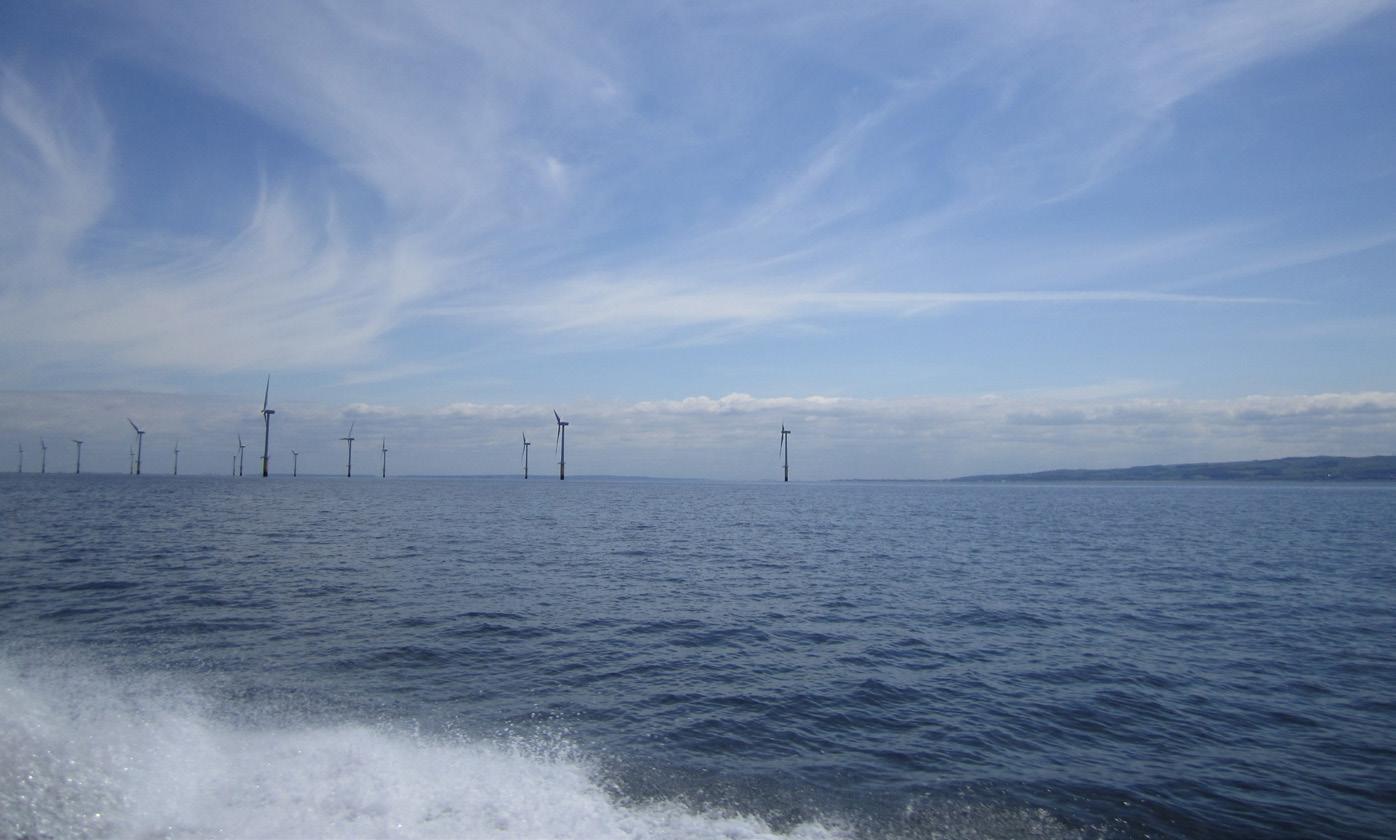
By Tsvetana Paraskova
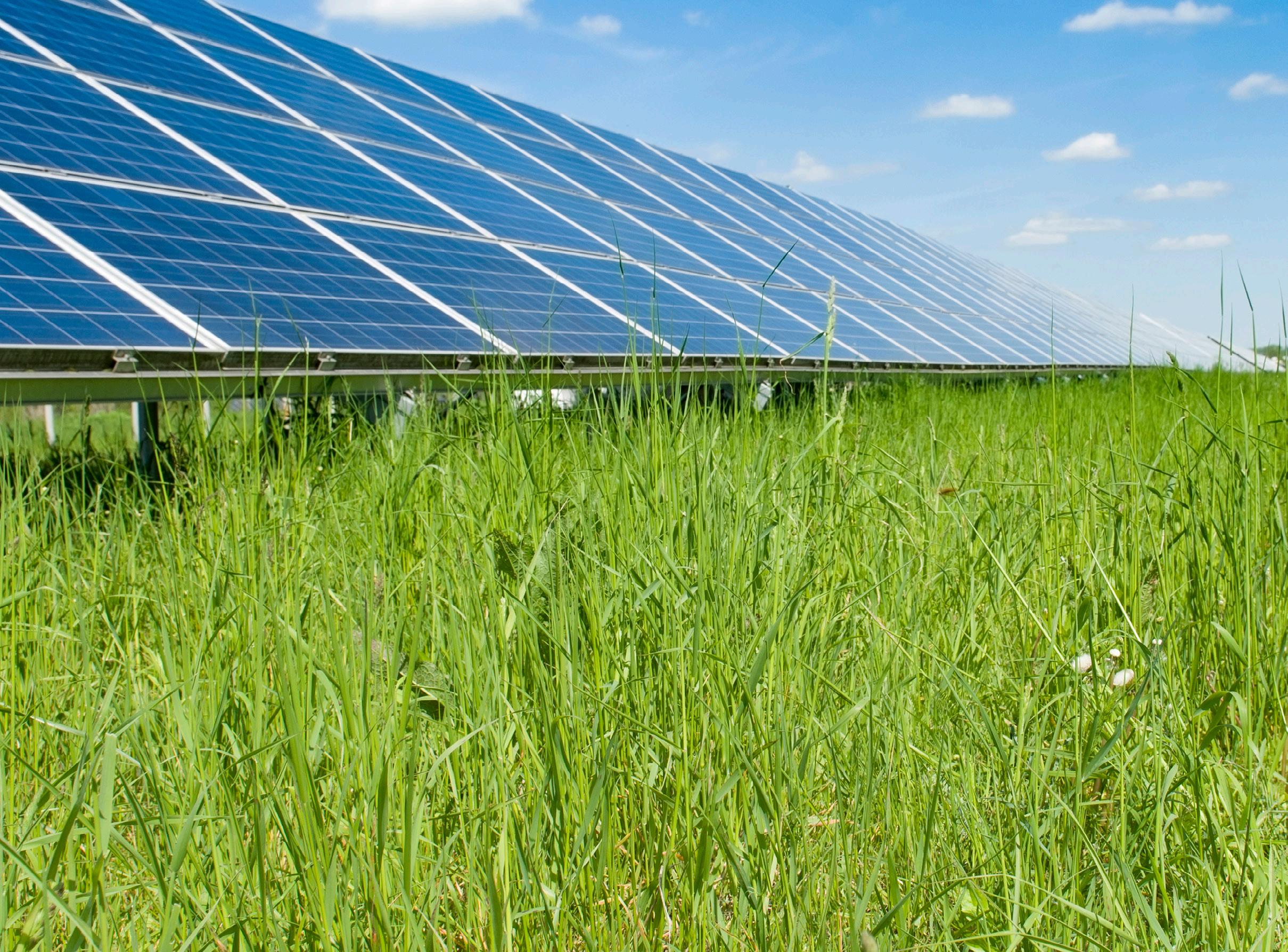
The European Union is looking to end its dependence on Russian oil, gas, and nuclear by 2027, as it continues to grow its solar and wind deployment and enhance cooperation with the UK in clean energy and emissions trading.
The European Commission proposed in May a roadmap to fully end EU dependency on Russian energy.
The European Union has cut significantly its dependence on Russian gas since 2022. The share of Russian gas imports into the EU has plunged to about 19 percent from 45 percent in 2021 after Russia cut off supply to many EU customers and the Nord Stream pipeline to Germany was sabotaged in still unclear circumstances.
There was a rebound in Russian gas imports in 2024, so the European Commission presented a roadmap to ensure the EU fully ends its dependency on Russian energy, while ensuring stable energy supplies and prices across the EU.

Under the roadmap, the EU will aim at a gradual removal of Russian oil, gas, and nuclear energy from the EU markets in a coordinated and secure manner as the EU transitions to clean energy. Member states will prepare national plans by the end of 2025 setting out how they will contribute to phasing out imports of Russian gas, nuclear energy, and oil. At the same time, efforts will continue to accelerate the EU’s energy transition and diversify energy supplies to eliminate risks to the security of supply and market stability.
The roadmap includes measures to stop all imports of Russian gas by the end of 2027 by improving the transparency, monitoring, and traceability of Russian gas across the EU markets. New contracts with suppliers of Russian gas will be prevented and spot contracts (for immediate payment) will be stopped by the end of 2025.
For oil, the roadmap includes measures to take fresh action to address Russia's ‘shadow fleet’ transporting oil. In nuclear energy, the EU will look to restrict new supply contracts co-signed by the Euratom Supply Agency for uranium, enriched uranium, and other nuclear materials deriving from Russia.
“A cleaner and independent energy system helps boost the economy while also making a huge contribution to Europe's decarbonisation ambitions,” the European Commission said.
Last year, a total of 61 percent of Europe’s electricity was generated from clean energy sources, above the global average of 41 percent, think tank Ember has said in a report.
Fossil fuels are in decline across much of Europe, with 61 percent of electricity now coming from clean power, including 20 percent from nuclear, 18 percent from hydropower, and 20 percent from fastgrowing wind and solar.
Electricity generated from coal in Europe has plunged by 40 percent since 2015. Coal-fired power now makes up just 13 percent of the electricity mix, having been mostly replaced by wind and solar. Overall, fossil fuels currently account for 39 percent of electricity production, Ember said.
Italy, UK, France, and Germany – the European members of the G7 group –have pledged to predominantly decarbonise their power sectors by 2035. They were recently joined in this commitment by Austria, Belgium, France, Luxembourg, the Netherlands, and Switzerland. The UK has gone even further, with a world-leading commitment to reach 95 percent clean power by 2030.
By Tsvetana Paraskova
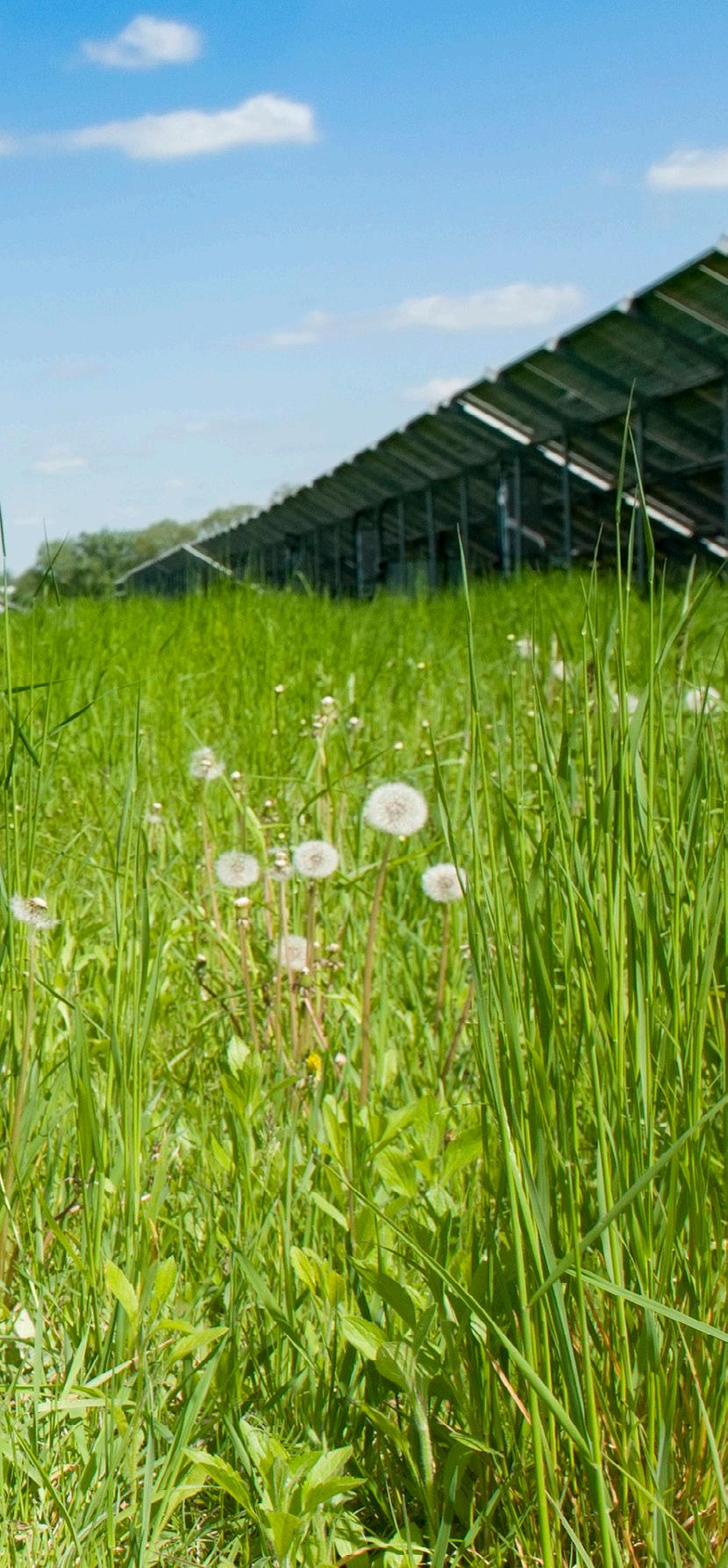
“Ambition is generally increasing across the continent as clean power proves reliable and cost-effective,” Ember said.
“Still, further clarity is needed on coal and gas phase-out plans in some countries, and the continent’s vast but ageing grid requires urgent expansion and modernisation in preparation for the coming wave of clean electrification.”
The need for investments in energy storage and grid resilience and expansion became painfully clear when a massive blackout disrupted life in Spain for one day at the end of April. While there is still a blame game going on about what was the cause of the outage, analysts concur that investments in grids and energy storage solutions need to accelerate significantly to accommodate the massive rollout of solar and wind power in Europe.
Industry experts and forecasters have been warning for years that investment in grid capacity, resilience, and transmission lines is lagging behind the surge in renewable energy installations.
The blackout in Spain and Portugal proves the need for grid resilience, said the WindEurope association.
Grid operators already use various tools to reduce risks to stability, including power system stabilisers, synthetic inertia, and gridforming inverters. Operators are also turning to battery storage, synchronous condensers, and STATCOMs, as well as purchasing inertia through the market, with Ireland and the UK leading in this space, WindEurope said.
“Flexibility markets and demand response must become standard practice. Boosting crossborder interconnection capacity, especially between Iberia and the rest of Europe, will also help reduce the risk of regional blackouts,” the association noted.
“To meet its climate and energy goals, Europe must speed up renewables and invest in stronger, smarter electricity grids and more energy storage. Upgrading, expanding and digitalising the grid is key to keeping energy secure and affordable – and to building a more competitive European economy.”
Europe’s competitiveness and energy security could get a shot in the arm after the EU and the UK reached a political agreement to extend their post-Brexit collaboration on energy, WindEurope said.
UK participation in the EU electricity market will make it easier to trade electricity and reduce electricity prices in both the UK and EU. It’ll help with the top political priority of reducing energy costs for European industry, said WindEurope CEO Giles Dickson.
Europe’s wind industry, via WindEurope, also proposes a New Offshore Wind Deal for Europe to accelerate and re-risk the installation of competitive offshore wind energy.
The European wind industry is at a crossroads—ambition remains. However, there are many challenges ahead, including cost inflation, cost of capital increases, uncertain electrification and future electricity demand, high risk auction framework, declining project commercial viability, lower investor confidence, and financial pressure. All these slow down the investment needed to scale up.
That’s why the wind industry calls on European Governments to auction at least 100 GW of new offshore wind in the period 2031 to 2040, and asks that these auctions use two-sided Contracts for Difference (CfD).
“The visibility on volume and revenues from a stable pipeline of Contract-for-Difference auctions will help reduce costs and ensure offshore wind plays its role in delivering Europe’s energy objectives,” WindEurope said.
The wind industry itself commits to reducing the cost of offshore wind by 30 percent by 2040.
Europe’s solar market is also growing, SolarPower Europe said in its global market outlook through 2029.
Asia-Pacific remained the undisputed leader in solar installations among regions, accounting for 70 percent of global capacity additions in 2024. Solar capacity installations in Europe also increased, albeit at a slower pace compared to Asian, especially Chinese, growth rates. Europe’s additions increased by 15 percent to 82.1 GW, according to the outlook.
Europe’s battery storage market is also rising, but the growth pace slowed last year, SolarPower Europe said in a separate report on the European battery storage outlook.
The EU, the UK, and Switzerland installed 21.9 GWh of battery energy storage systems (BESS) in 2024, for the eleventh year of recordbreaking annual additions since SolarPower Europe began keeping records in 2013.
However, the annual growth rate slowed down to 15 percent in 2024 after three consecutive years of doubling newly added capacity.
The 2024 additions took the total running European battery fleet to 61.1 GWh at the end of 2024.
Germany, Italy, and the UK continued to lead Europe’s battery storage market and delivered nearly 70 percent of the annual capacity, SolarPower Europe said.
This year, battery storage installations are set for 36 percent annual growth, accelerating again the pace of battery additions, the association noted.
Expansion will continue by 2029, but growth needs to be much faster, according to SolarPower Europe, to meet flexibility needs and adequately accompany the renewable energy rollout and the increased electrification of the European energy system.

For 80 years the EIC has helped companies, large and small, to maximise business opportunities in the energy industries, whether sourcing or supplying goods and services, at home or abroad. We are passionate about helping our member companies to diversify, export and win new business.
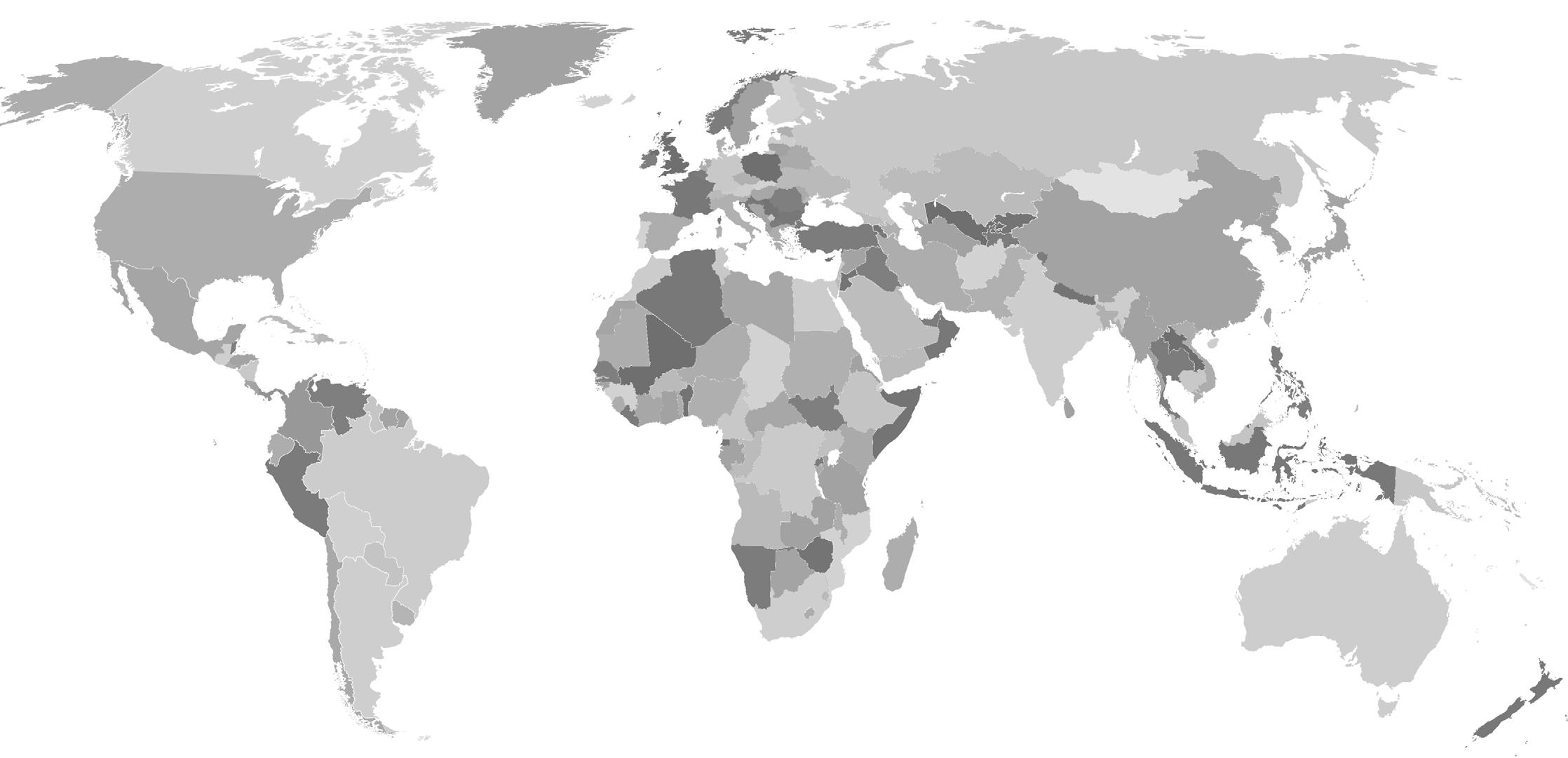
Floating Offshore
Wind Farm Aura Sul (Pilot)
BRAZIL
JB Energy – Japan Blue Energy Co.
$100 mn
A Japanese-led consortium, headed by JB Energy in partnership with SindienergiaRS, has announced Brazil’s first floating offshore wind pilot, the Aura Sul Wind project, in Rio Grande do Sul. The project will install an 18MW Ming Yang turbine on a floating platform near the Port of Rio Grande by 2030. A Letter of Intent was signed to formalise development and financing commitments.

Offshore Wind Farm
Bunbury
AUSTRALIA
Oceanex Energy
$6.6 bn
Construction of a bottomfixed offshore wind farm in Bunbury, Western Australia, with a generation capacity of 1.5 GW, featuring 15 MW wind turbines. A preliminary decision has been made to offer a feasibility licence to the wind farm, located in the northern part of the Bunbury zone. Work is now underway to resolve overlaps with Westward Wind Pty Ltd and Bunbury Offshore Wind Pty Ltd’s projects
Floating Offshore Wind Farm Firefly (Bandibuli)
SOUTH KOREA
Equinor
$2.5 bn
Development of an up to 750 MW floating offshore wind farm in the East Sea off the coast of Ulsan. Equinor has chosen Ekwil’s INOC semi-submersible floating foundation technology. The contract builds on initial design work that began in 2022, including FEED services provided by Technip Energies and Inocean. The INOC platform is designed to support Siemens Gamesa’s 15 MW turbines.
Offshore Wind Farm West of Orkney
UK
TotalEnergies, Corio Generation, RIDG
$4.5 bn
A 2 GW offshore wind farm off the west coast of Orkney, Scotland. The site has water depths of 45-100 metres and will feature up to 125 x 16MW turbines with 330-metre rotor diameters. The government has granted offshore consent to the wind farm, making it the first ScotWind project to secure all of the required permissions.
Sørlige Nordsjø II
Ventyr Energi
$3 bn
Development of a 1.5 GW offshore wind farm around 140 km from mainland Norway. Norconsult will design and plan the onshore grid infrastructure. Worley Rosenberg is the preferred bidder to develop the offshore substation under an EPCI contract. The scope also includes an Early Works Agreement for design engineering, which will begin in June, followed by the EPCI stage in December 2025.
SENAI RN
$55 mn
Development of an offshore wind farm with a power capacity of 24.5 MW in Rio Grande do Norte. The farm will feature an 8.5 MW turbine and a 16 MW turbine located 4.5 km from Porto-Ilha de Areia Branca, at the Areia Branca terminal, at a depth of 7-8 m in the sea. IBAMA has issued the preliminary licence for the project, marking the country’s first permit for an offshore wind farm.
Symphony Wave Power
$10 mn
Development of a wave energy converter in the Dutch sector of the North Sea. The purpose of the project is to provide power to offshore infrastructure and exploring ways to reduce costs at sea. Symphony Wave Power has signed a memorandum of understanding with ONE-Dyas to test its wave technology. It advances on a feasibility study done in 2024. Deployment is set for 2027.
China Datang Corp, SOCAR
$100 mn
The Ministry of Energy of Azerbaijan, China Datang Overseas Investment Co. Ltd., and SOCAR Green LLC have signed an implementation agreement on the assessment, development, and implementation of a 100 MW floating solar plant with a 30 MW battery energy storage system in Lake Boyukshor. China Datang Overseas Investment Co. Ltd will act as the main investor.

Ynni'r Lleuad Tidal Project (Morlais HydroWing) UK
Inyanga Marine Energy Group
$10 mn
Construction of a 20 MW tidal project in the Morlais demonstration zone in Wales. A fabrication contract has been awarded to Hutchinson Engineering for the foundation frame and the rear nacelle, including welding, painting and coating to a specification capable of withstanding the harsh underwater environment. The prototype will be deployed in the first quarter of 2026.
Fervo Energy
$210 mn
The development of a 100MW geothermal energy facility at Cape Station in Beaver County, Utah. Fervo Energy has secured US$206m in additional funding to advance the project. The funding includes US$100m in projectlevel preferred equity from Breakthrough Energy Catalyst, a US$60m increase to its term loan from Mercuria, and a US$45.6m boost to its bridge loan from XRL-ALC.
Western Sahara –Central Morocco
Transmission Line
MOROCCO
Office National de l’Electricite et de l’Eau Potable (ONEE)
$1 bn
A transmission line project to supply 3 GW of power through a 1,400 km high-voltage transmission line connecting Western Sahara to central Morocco. ONEE has signed deals totalling up to 130 bn dirhams (US$14.05 bn) with TAQA Morocco, Nareva and Mohammed VI Investment Fund to develop desalination and energy projects.
Kambarata 1 Hydro Power Plant (Kambar-Ata-1 HPP) KYRGYZSTAN
Kyrgyzstan Power Plants (KPP), KazKuat
$3.5 bn
Construction of a hydro power plant, located upstream of the Toktogul reservoir. The plant will have a capacity of 1,860 MW and is intended to meet the countries demand for power in the winter months. A 500 kV transmission line will be constructed to supply the power generated to Kyrgyzstan and Kazakhstan. The Asian Development Bank is considering an allocation between $130 mn and $150 mn for the plant’s construction. 9 10 11 12


By Graeme Booth, Head of Digital Technology, Net Zero Technology Centre
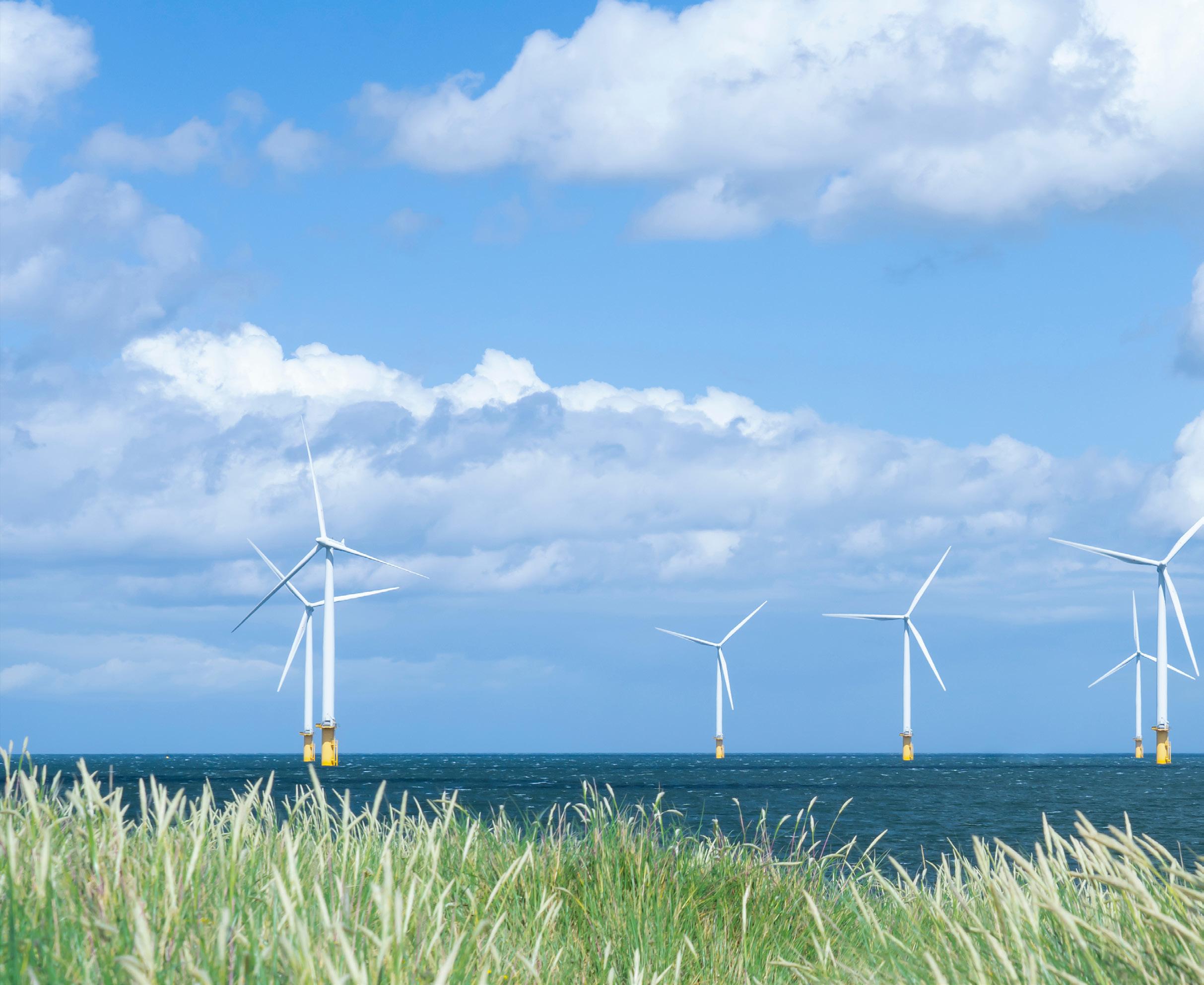
The UK's ambition to lead the world in net zero, secure affordable power and become a global hub for floating offshore wind (FOW) is clear. But as the Net Zero Technology Centre (NZTC) has consistently highlighted, the path to success will not be paved with steel and concrete alone. The next decade will be defined as much by terabytes as by turbines – by our willingness to embrace digital innovation, artificial intelligence and data-driven transformation.
Recent analysis suggests the UK is currently on track to achieve only 500MW of floating wind capacity by 2030, missing the UK government’s 5GW target by 90%. The UK's engineering pedigree, robust energy supply chain and supportive policy environment have laid strong foundations, but a hard truth remains: the capital and operational costs of FOW are still too high for mass deployment and global competition is intensifying.
The answer lies in digital, specifically the integration of AI, advanced analytics, digital twins and automation. These technologies are already available, proven in other sectors and capable of delivering the step-change in cost and performance the industry needs. The challenge is not invention, but adoption.

The UK energy industry has long been a leader in engineering innovation, but when it comes to digital transformation, we are lagging. Only 38% of UK businesses surveyed by Siemens are likely to increase investment in digital technologies in the year ahead, compared to a global average of 58%. This leaves the UK significantly behind countries including Canada (72%), China (70%), Italy (64%) and Germany (54%) when it comes to likely investment in digitalisation.
The energy sector in particular remains encumbered by legacy systems, siloed data and risk-averse cultures.
Disruption must break the energy sector free from historical ways of working – rigid procurement, risk-averse investment and siloed operations – and embrace continuous innovation. This means investing in digital skills, rethinking business models and fostering cross-sector collaboration. The rewards are clear: lower costs, greater resilience and a leadership position in the global energy transition.
Digital technologies are the only scalable route to significant capex and opex reductions in renewables.
The pace of global innovation is relentless. New entrants, unburdened by legacy infrastructure or entrenched mindsets, are already leveraging digital to disrupt traditional markets. The "Uber of Energy" has yet to emerge, but it is only a matter of time. The UK must not wait to be disrupted – we must disrupt ourselves.
Digital technologies are the only scalable route to significant capex and opex reductions in renewables.
AI-powered site assessments now deliver high-resolution, actionable insights for offshore wind in hours rather than months, slashing development timelines and de-risking investments. Companies such as bp are already leveraging AI for predictive maintenance, with partnerships showing payback periods of under 12 months. AI's role extends beyond operations. Virtual power plants, coordinated by AI, aggregate distributed assets – from wind turbines to EVs – to balance supply and demand, enhancing
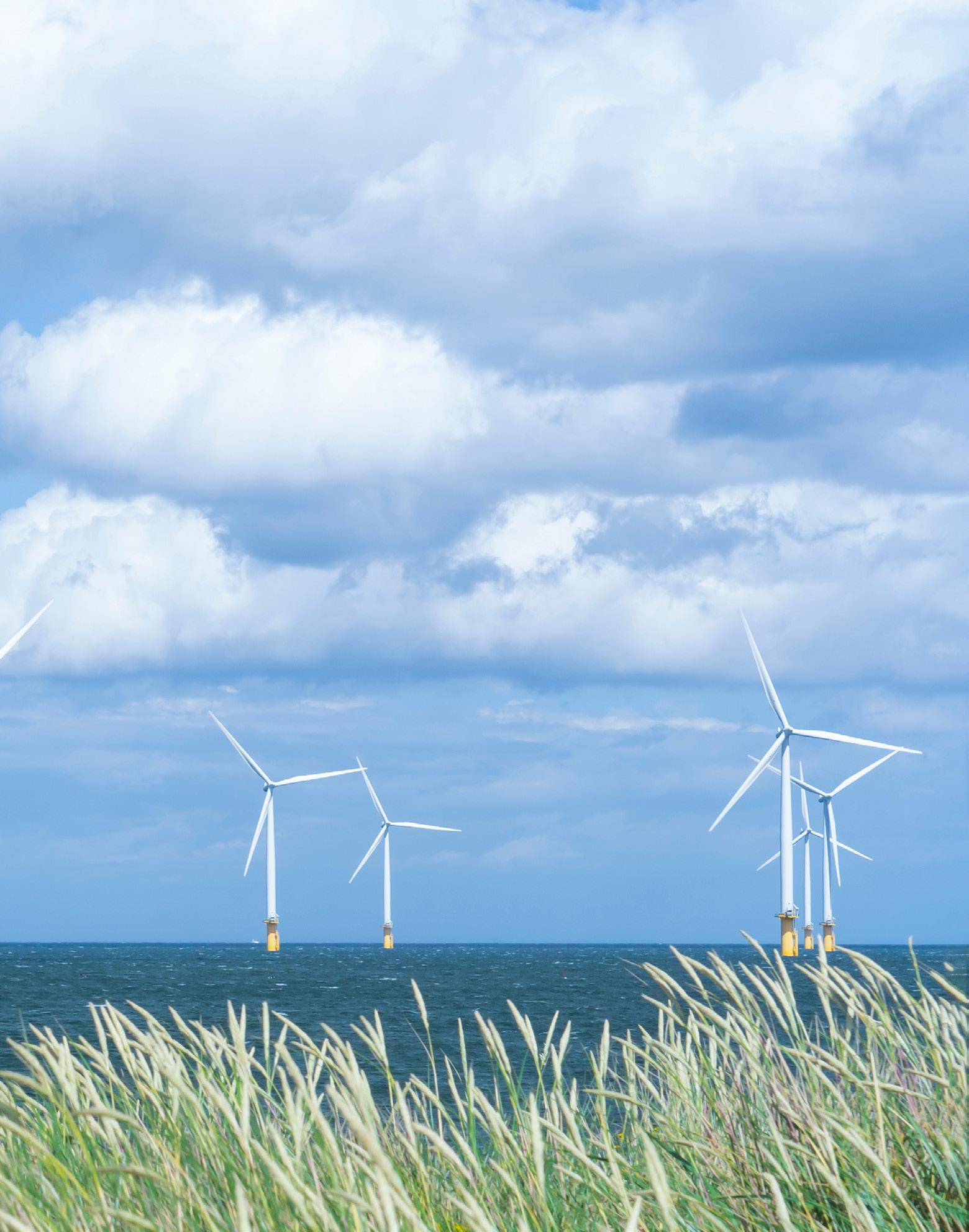
grid resilience and unlocking new revenue streams. In buildings, AI optimises energy use, detects anomalies and drives down consumption, supporting both sustainability and cost objectives.
Predictive maintenance, enabled by machine learning, reduces unplanned downtime and extends asset life. Vestas has implemented AI-powered predictive maintenance solutions globally, using advanced sensing technology to reduce performance loss and improve fleet management.
Digital twins and remote operations cut the need for costly site visits and improve safety. Digital twins are being successfully deployed for floating offshore wind turbines, with physics-based solutions validated using full-scale prototypes showing accuracy of 10-15% for estimating fatigue loads. Vattenfall's digital twin solutions for offshore wind demonstrate how real-time measurements can extend turbine lifetimes beyond their original 25-year design life to 45 years or more.
Graeme Booth leads digital technology at the Net Zero Technology Centre, where he is driving the development of the Digital Energy Nexus (DEN), a pioneering hub in Aberdeen designed to accelerate digital adoption across the UK energy sector.
These interventions are transformative and their benefits compound along the value chain.
The cost of inaction is clear. If the UK energy sector fails to embrace digital, we risk falling behind global competitors, missing out on export opportunities and undermining our net zero ambitions. More fundamentally, we risk being overtaken by new entrants – tech giants, agile startups or international disruptors –who are not constrained by legacy systems or traditional business models.
Recognising the urgency of adoption, NZTC is championing the Digital Energy Nexus (DEN) – a state-of-the-art hub in Aberdeen designed to break down barriers to digital adoption across the UK energy sector. The DEN will provide industrial-scale testing environments, a centralised data-sharing infrastructure and a collaborative platform to accelerate the deployment of digital solutions. By connecting operators, suppliers, regulators and academia, the DEN aims to de-risk investment, foster robust business cases and upskill the workforce for a digital-first energy future.
To learn more about how Graeme Booth and The DEN are shaping a digital-first future for UK energy, visit the Net Zero Technology Centre’s website or visit us at booth 2M25 at Offshore Europe 2025.




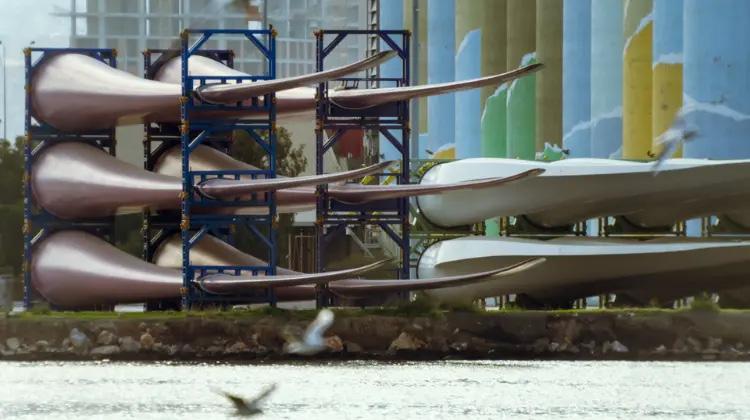
The PORT-EOLMAR program strengthens logistics capabilities and the value chain for the manufacturing and assembly of large-scale equipment. Actions must be linked to projects with investments that equal or exceed the aid, to provide solutions to the marine renewable energy value chain and strengthen national and European autonomy.
The Ministry for Ecological Transition and the Demographic Challenge (MITECO) has released for public hearing the draft Order establishing the regulatory bases for granting aid to projects for the physical adaptation of state-owned port infrastructure for wind and other marine renewable energy, as well as the draft Resolution for the publication of the call for these aid applications, both available here .
The PORT-EOLMAR program, part of the Recovery, Transformation, and Resilience Plan (PRTR), will allocate more than €160 million to strengthen the country’s logistics and port infrastructure capabilities for the manufacturing, assembly, and maintenance of offshore wind farms and marine energy devices. Beneficiary projects must be linked to private investment commitments for their operation, with the aim of strengthening Spanish and European strategic autonomy in the marine renewable energy value chain and boosting leadership in renewables.
The Institute for Energy Diversification and Savings (IDAE), a body dependent on MITECO, will be responsible for managing these grants. These grants will be awarded on a competitive basis and will be implemented as definitive subsidies once the project’s execution has
been verified, the eligible costs incurred have been accredited, and the investment commitments for the associated industrial projects have been confirmed.
The program will finance unique projects in strategic locations that significantly improve the logistical capabilities of port infrastructure through the construction or adaptation of docks and/or operating areas in their rear areas, as well as the general services associated with their implementation. These investments may only be made in Zone I of the Ports of General Interest throughout the country, corresponding to sheltered waters.
The objective is for these projects to serve as a logistics base during the construction, assembly, commissioning, repair, and maintenance phases of future offshore wind farms and other components of marine renewable energy, creating areas of sufficient size for the operations of large vessels and offshore wind turbines, floating and fixed components and platforms, as well as the logistics machinery necessary for their proper transport, storage, assembly, and handling.
To this end, each eligible project will be required to meet capacity requirements for minimum dock alignment length, draft, and associated minimum esplanade area, enabling capacity to meet the manufacturing, assembly, and transportation of offshore wind turbines for the development of offshore wind farms in Spain.
Furthermore, proposals must be linked to an industrial project with an investment comparable to or greater than the requested aid, with a term of at least 10 years, linked to offshore wind and/or marine renewable energy. These industrial projects will be promoted by private operators who obtain their concession titles through competitive procedures.
The draft call for proposals has pre-allocated budgets for three marine regions/subregions: the Bay of Biscay and Iberian Coasts Subregion and the Macaronesian Atlantic Subregion of the Canary Islands in the North Atlantic Region, and the Mediterranean Sea Region.
Projects must comply with the European principle of “do no significant harm” (DNSH) to the environment, as well as all other applicable environmental regulations. Various assessment criteria will be taken into account, such as the project’s degree of maturity— including environmental clearance—logistical capabilities, positive externalities such as job creation, the industrial project, the number of participating ports, and economic criteria.
For the purposes of project eligibility, only projects whose implementation start date falls after February 1, 2022, will be accepted, in accordance with Regulation (EU) 2023/4 of the European Parliament and of the Council. In any case, only costs associated with projects whose material implementation begins after the date of registration of the aid application on the IDAE website will be eligible.
Renewable energy in the marine environment is one of the levers for medium- and longterm energy transformation at the national, European, and global levels, due to its generation potential. At the same time, it also represents an industrial, economic, and social opportunity for our country, compatible with the protection of environmental values and with other uses and activities in the marine environment.
Better safety. Better decisions. Better longevity of assets. Ilosta’s commitment to providing blade analysis that is open, honest and reliable is blowing real and tangible change through the onshore and offshore wind sectors.
The end goal? Maximum efficiency, minimum downtime.
With a commitment to integrity and transparency, the Glasgow-based engineering technology company’s groundbreaking digital AI Crack Map™ software is turning heads among wind farm developers and operators.
Disconnected or incomplete asset data can make it hard to optimise blade management, but by reverse engineering a best-fit structural model of each blade
and applying innovative physics-based algorithms and proprietary damage analysis toolkits, Crack Map™ supports an asset-specific assessment of structural integrity, appropriate repair or operational strategies and overall impact on AEP.
Recurring defects, damage and completed repairs can be easily tracked and visualised within the system and the sensor fusion function supports addition of NDT results or CMS data, further developing the understanding of blade health.
The use of different Leading Edge Protection systems (or other blade modifications) can be modelled in advance, accounting for actual condition, location and operation of the blades – supporting smarter product selection and application.

The outcome is a roadmap for predictive maintenance – increasing reliability and lifespan of structures and providing a streamlined yet deeper understanding of asset integrity.
What’s more, there’s no need to navigate multiple vendors or processes - Crack Map™ is a fast, end-to-end assessment, extracting the right information for “big picture” planning and workflow efficiency, without interrupting site operations.
From a single asset to an entire fleet, Ilosta has developed and built a transformative technology that empowers users to stay a step ahead in creating a brighter, safer and more efficient future for blade management.

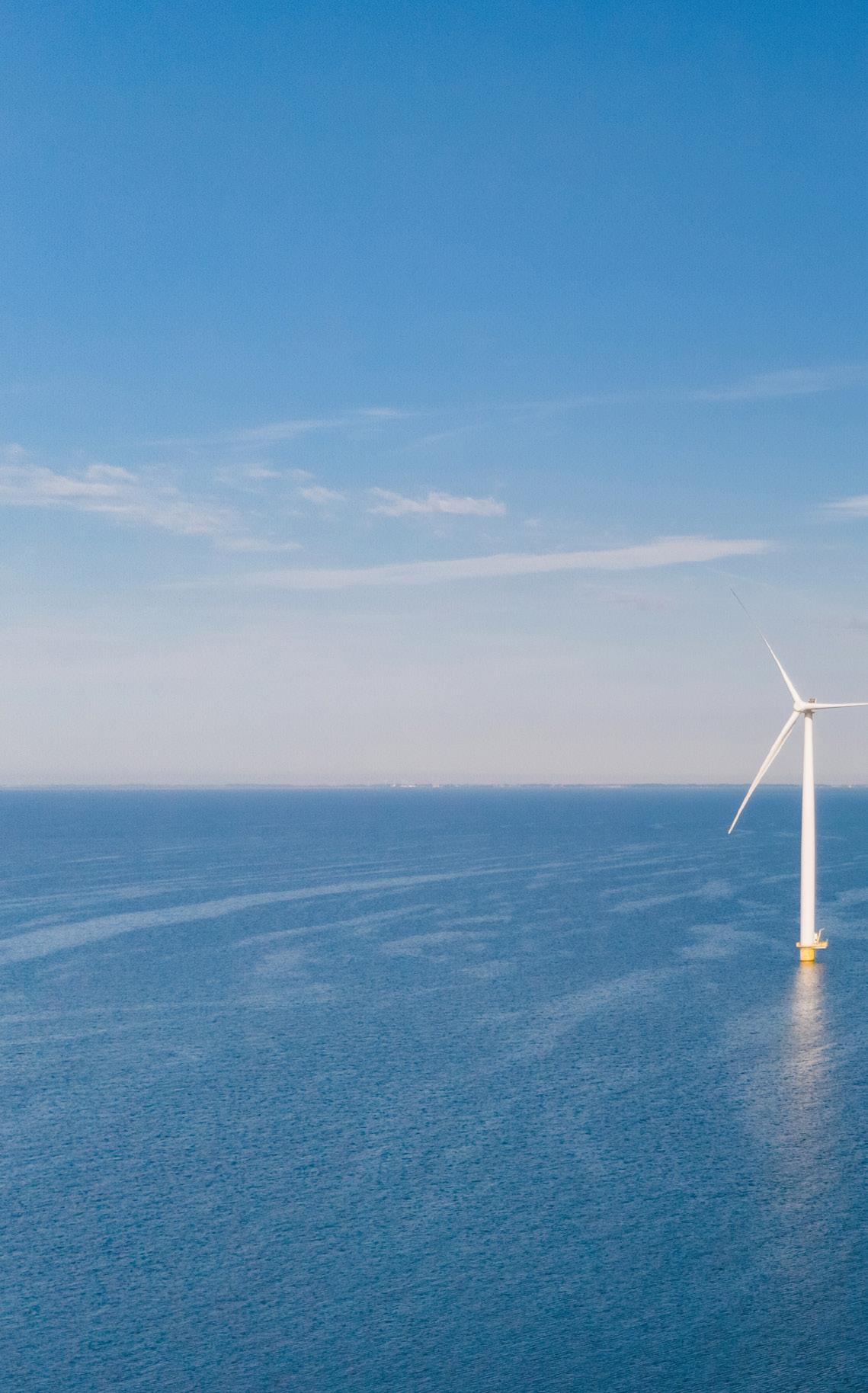
The Scottish Government has granted consent and marine licenses for SSE Renewables’ 4.1 GW Berwick Bank offshore wind farm, which could become the world’s largest offshore wind farm.
The Section 36 consent determination by Scottish ministers has approved the project’s main offshore wind farm array in the outer Firth of Forth off the East Lothian coast.
Berwick Bank will have an estimated capacity of 4.1 GW which, with current technology, could generate up to 11.2 TWh of electricity annually – enough to power around 17% of households in the UK.
The decision represents the last major consent necessary for the project to proceed and is the culmination of more than a decade of development work by SSE Renewables on the project’s design.
Delivery of the project will now be subject to SSE securing a contract for new low-carbon offshore wind power under the UK’s Contracts for Difference (CfD) scheme, as well as reaching a final investment decision.
Berwick Bank has the potential to create 9,300 direct, indirect and induced jobs in the UK at peak construction – with around 4,650 of these jobs in Scotland.
The project could increase Scotland’s current operational renewable electricity capacity by almost 25%, boosting the country’s efforts to achieve net zero carbon emissions by 2045. “The decision to grant consent to Berwick Bank is a major step in Scotland’s progress towards
achieving net zero and tackling the climate crisis, as well as supporting national energy security and growing our green economy.
“It is also an important decision for Scotland’s renewables sector, and this investment will be further built upon through the delivery of Scotland’s significant future pipeline of offshore wind projects under the ScotWind and the Innovation and Targeted Oil and Gas (INTOG) leasing rounds,” said Kate Forbes, Deputy First Minister.
“As the UK’s clean energy champion, SSE now looks forward to the UK Government delivering the most ambitious CfD scheme yet through the upcoming AR7 auction round.
“Berwick Bank has the potential to rapidly scaleup Scotland’s operational renewable energy capacity and can accelerate the delivery of homegrown, affordable and secure clean energy to UK consumers from Scottish offshore wind, helping meet the UK’s clean power ambition by 2030,” added Stephen Wheeler, Managing Director, SSE Renewables.
As the United Kingdom continues to advance its ambitious carbon neutrality goals, Bilfinger has emerged as a key player in this transformative journey. Through strategic projects and acquisitions, Bilfinger is driving innovation and sustainability, reinforcing its commitment to the energy transition.
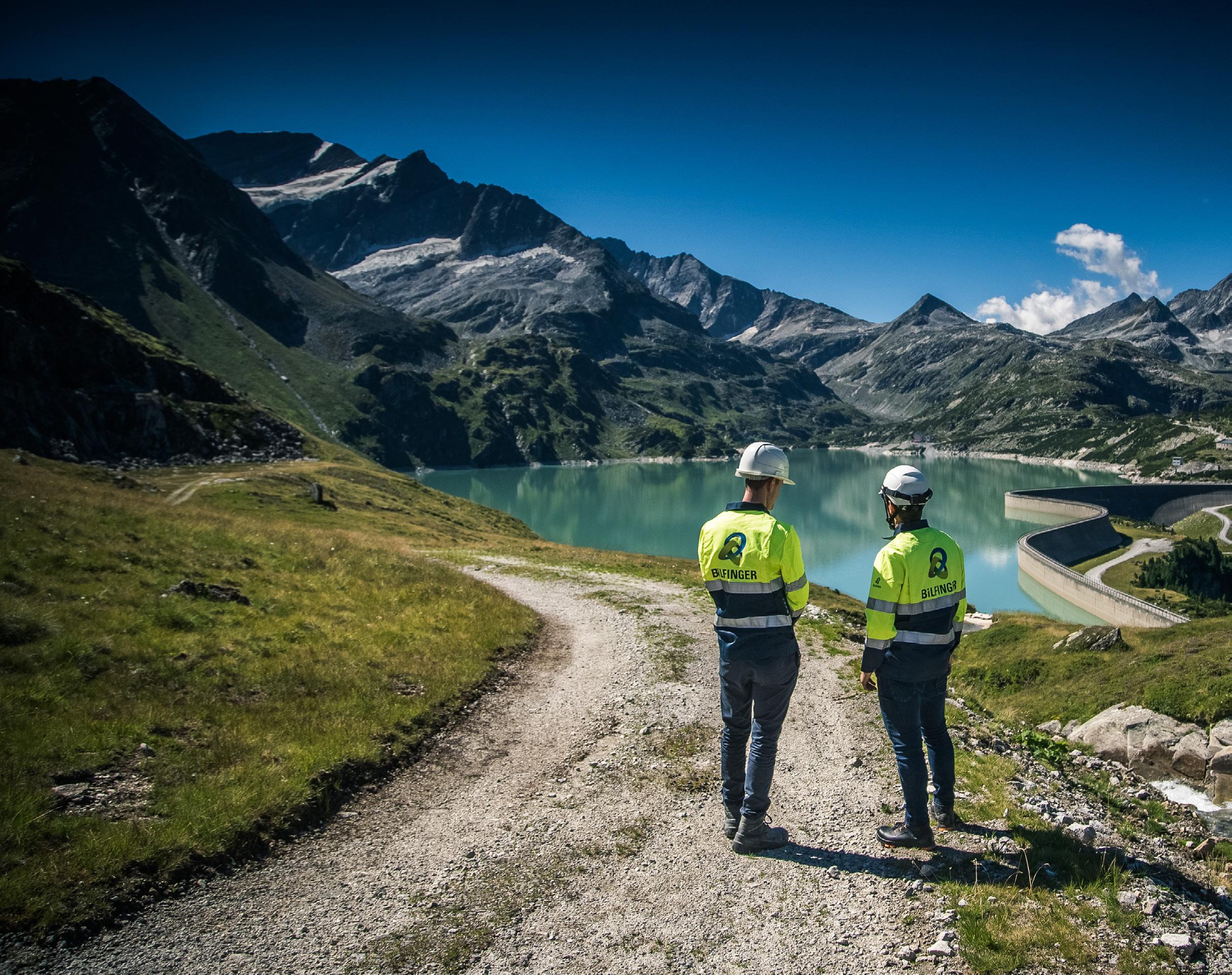
In a strategic move to bolster its offshore capabilities, Bilfinger has joined a consortium focused on floating wind projects in the North Sea, having been appointed by Cerulean Winds to join the alliance of companies developing the Aspen, Beech, and Cedar floating offshore wind farms, which collectively will generate over 3GW of renewable green energy.
Bilfinger will serve as the operations and maintenance (O&M) partner, bringing decades of experience in development planning and a deep knowledge of the offshore energy sector. This appointment underscores Bilfinger’s commitment to advancing renewable energy solutions and leveraging its extensive experience in the energy sector.
Sandy Bonner, President Engineering & Maintenance UK at Bilfinger, emphasised the significance of this milestone: “Being selected as the operations and maintenance partner for these pioneering floating wind farms is a significant milestone for us, which underscores our commitment to advancing renewable energy solutions and leveraging our extensive experience in the energy sector.


“By integrating innovative technologies and collaborating closely with the consortium, we aim to ensure the safe, efficient, and sustainable operation of the Aspen, Beech, and Cedar sites.
“Our early involvement in the design phase will allow us to optimise maintenance strategies and support the project’s ambitious goals of industrial decarbonisation and enabling electrification of oil and gas facilities. We look forward to contributing to the success of these groundbreaking projects and driving forward the future of clean energy.”
The Aspen, Beech, and Cedar floating offshore wind farms are strategically located in the Central North Sea. These three connected wind farms will collectively comprise over 300 turbines, generating more than 3GW of renewable green energy. The 1GW Aspen site will be developed first, providing new offshore wind capacity to help meet the UK government’s 50GW by 2030 target. The strategic distribution of these sites in relation to existing and future oil and gas facilities maximises the potential for decarbonisation via electrification.
Bilfinger’s acquisition of the nZero Group marks a pivotal moment in its energy transition journey. This strategic move positions Bilfinger as a leading solution provider in the UK, particularly in the gas and hydrogen sectors.
The transaction comprises nZero offices in Ellesmere Port as well as further locations in Staffordshire and Bristol. With around 240 employees, nZero specialises in advanced energy systems and gas technologies. The bolt-on acquisition successfully continues Bilfinger’s strategic course and allows
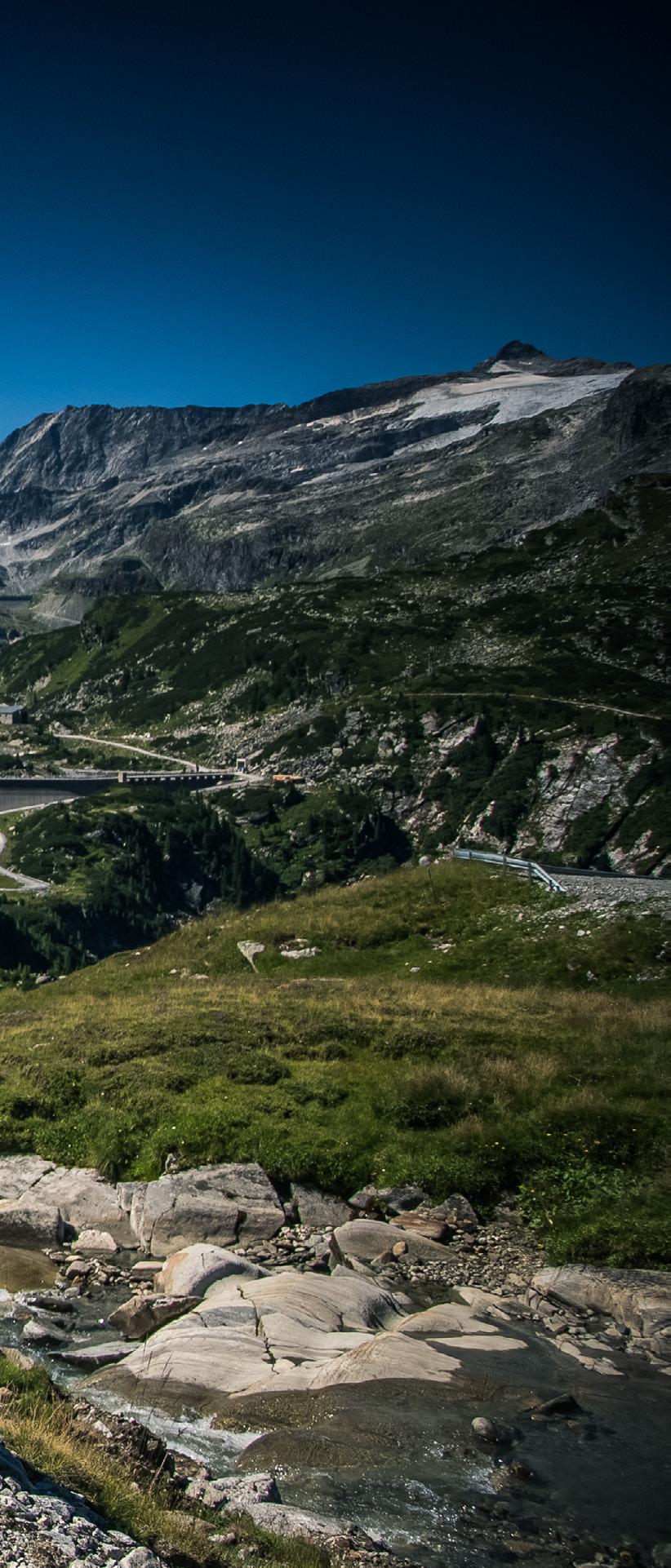
Bilfinger to expand its footprint in the gas and hydrogen sectors in the UK, leveraging the advanced technology and services of nZero’s expert team.
nZero specialises in gas measurement, analysis, and control systems and offers proprietary solutions in clean energy, CO2 quality and quantity measurement, as well as digital services and consulting along the whole value chain. Through its subsidiaries, Orbital Gas Systems and Thyson Technology, the nZero Group has positioned itself as a significant player in the industry.
Sandy added: “This acquisition not only enhances our technological capabilities but also strengthens our commitment to the UK market. By leveraging the combined excellence of both teams, we will deliver innovative solutions tailored to the UK’s specific needs. We will be perfectly equipped to support the process industry in meeting the government’s ‘net zero by 2050’ target.”
This integration will enhance Bilfinger’s offerings in Electrical, Instrumentation, and Controls (EI&C) and support the UK’s decarbonisation goals. This acquisition not only expands Bilfinger’s technological capabilities but also strengthens its position as a comprehensive service provider in the energy sector.
Bilfinger is significantly contributing to the UK’s renewable energy goals and grid stabilisation efforts through its collaboration with Highview Power to pioneer the construction of the UK’s first commercial liquid air energy storage facility, aimed at converting surplus electricity into liquid air storage.
The transformative facility will enhance sustainability by storing enough renewable energy equivalent to the electricity used by 1 million homes over an hour. Highview Power’s facility will also provide critical grid stabilisation services.
Bilfinger’s comprehensive consultancy, procurement, and construction services will be instrumental in realising this innovative energy storage solution, further strengthening Bilfinger’s commitment to advancing energy storage technologies that are essential for a sustainable energy future.
“This project will see Bilfinger significantly contribute to the nation’s renewable energy goals and grid stabilisation efforts”, said Sandy.
He continued: “As the world derives more and more of its electricity from renewable sources, there’s a growing need for technologies that can capture and store it. We are excited to partner with Highview Power in pushing the boundaries of sustainable energy storage technology and to bring our extensive expertise in the energy industry to this effort.”
Bilfinger’s recent projects and strategic acquisitions highlight its pivotal role in the energy transition. From driving innovation at industrial sites to enhancing offshore wind capabilities and pioneering energy storage solutions, Bilfinger is committed to supporting the UK’s journey towards a sustainable future. Through these strategic initiatives, Bilfinger is setting new standards for innovation and sustainability in the energy sector.
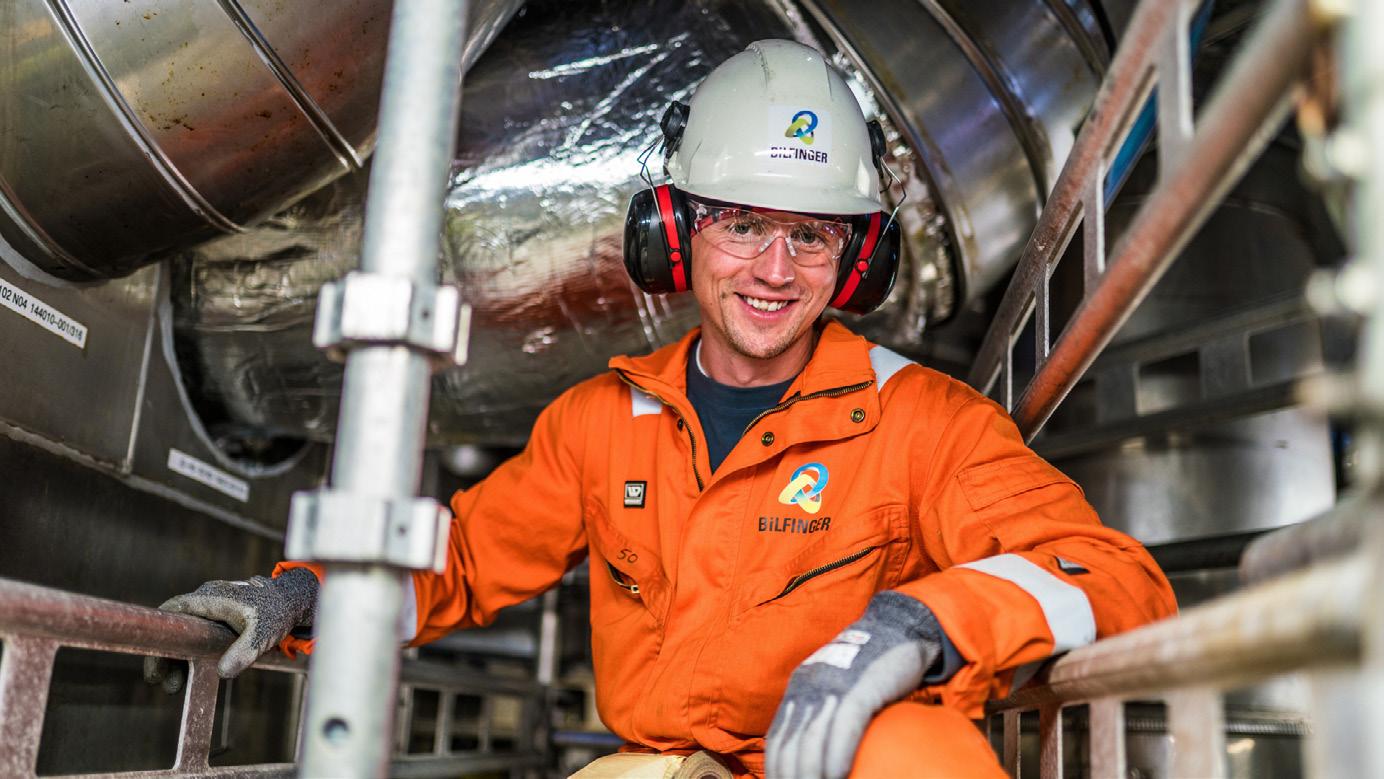
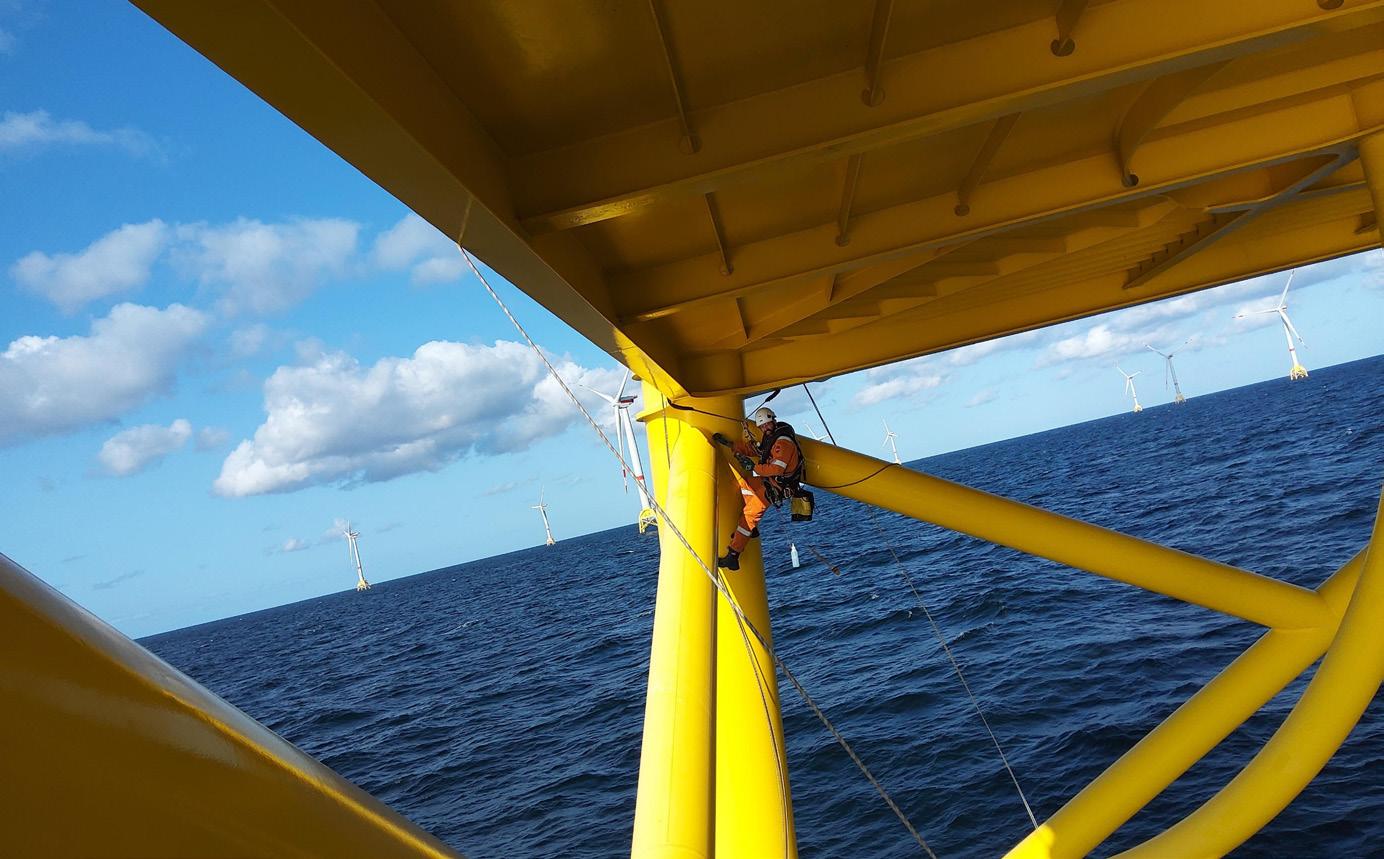


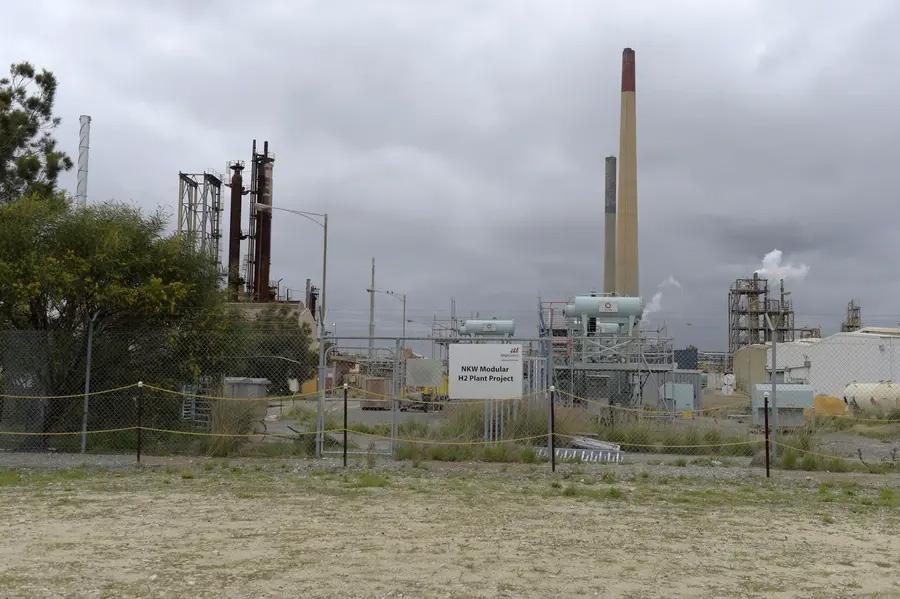
Australia’s long-held ambitions to tap its abundant renewable resources and vast uninhabited landmass to become a global green hydrogen leader are fast unraveling.
Despite strong government backing and significant private sector interest, at least seven big hydrogen production projects have been delayed, scaled back, or canceled in the last year. Chief among them was BP Plc’s decision last week to exit a $36 billion facility in the Pilbara region of Western Australia, which had targeted starting production this decade.
Around the world, project withdrawals have accelerated as developers struggle to secure customers willing to pay a premium for the fuel. Costs remain persistently high, unlike the sharp price drops seen in solar and wind that have boosted their competitiveness.
That’s raised concerns about the feasibility of using renewable energy to produce hydrogen that can be stored, transported and consumed like a fossil fuel to help nations meet net zero goals. It also looks set to make Asia’s goal of cutting hard-to-tackle emissions tougher to achieve.
“This isn’t just an Australian issue — there has been a slowdown in development globally, in large part because the cost hasn’t come down as fast as previously forecast,” said Simon Nicholas, an analyst at The Institute for

Energy Economics and Financial Analysis, a think tank that seeks to accelerate the energy transition. “I hope that the bursting of the hydrogen hype bubble is an opportunity for a reset.”
There are more green hydrogen projects under development in Australia than in any other country, with a A$225 billion ($147 billion) pipeline worth of proposed projects, according to the government. But only three relatively minor plants are actually operational in the country, while most others remain in preliminary planning stages.
In recent years, many of the largest energy companies have tempered plans for green hydrogen as a way to better scale up renewable electricity. Plans to produce about 1.67 million tons of clean hydrogen had been shelved as of the end of June, according to BloombergNEF — over five times the amount of actual capacity. Meanwhile, just 1.9% of planned projects have secured financing or started construction.
Europe, which could become one of the world’s largest consumers of green hydrogen in its push to achieve climate neutrality by mid-century, has grappled to overcome high costs, forcing some projects to be abandoned despite government support.
Growth of the technology in the US is also now in doubt after the Trump administration’s tax-and-spending legislation significantly limited tax credits to produce the fuel. A year ago, credits were expected to help lead to about 1.2 million metric tons of annual green hydrogen production by 2030, BNEF said. Now, projects with just 150,000 tons of production capacity are expected to qualify for the incentives, dramatically reducing anticipated US output.
“If those incentives don’t exist, I don’t think this industry will exist,” said Payal Kaur, BNEF’s hydrogen analyst. “There will be cancellations if the economics don’t work, and the economics don’t work without the credits.”
In Australia, the challenges come despite strong government support and some of the world’s best natural conditions to produce hydrogen using renewables. The government has committed at least A$4 billion to support the green hydrogen industry to bridge the cost gap between production and market prices. However, access to most of this funding depends on developers proving commercial viability upfront — a challenge as long-term buyers remain scarce.
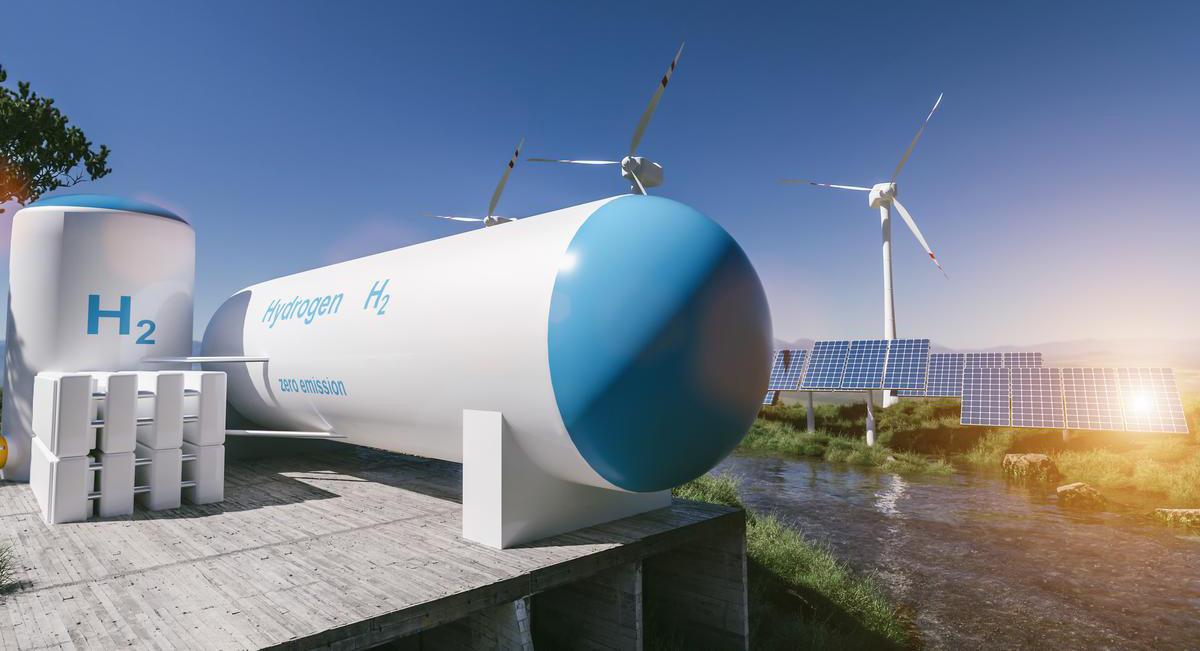
The Australian Renewable Energy Agency is responsible for administering the government’s Hydrogen Headstart program and has so far provided more than A$370 million to 65 renewable hydrogen projects. The agency “appreciates that the renewable hydrogen industry is nascent and will naturally experience challenges as it scales up,” it said.
The agency “appreciates that the renewable hydrogen industry is nascent and will naturally experience challenges as it scales up...
Fortescue Ltd. and Woodside Energy Ltd. said this month they would withdraw from green hydrogen plans in Australia and the US. While those announcements are disappointing, the clean fuel is essential to manufacturing and industry in a net zero future, Australian Energy Minister Chris Bowen said.
Some green hydrogen projects are still moving forward, despite the cost challenges. In Europe, climate policies are encouraging deals, such as the one between Germany’s RWE AG and TotalEnergies SE to supply hydrogen to an oil refinery. Those contracts will help to underpin new production.
Elsewhere, China and India are pushing ahead in a race to produce some of the world’s cheapest green hydrogen. Even so, the clean fuel remains far more expensive than fossil fuels, according to BloombergNEF. For now, demand is mainly concentrated in sectors already using hydrogen, such as oil refining and fertilizer production.
China also benefits from a mature domestic supply chain of electrolyzers — the machines that convert water into hydrogen and oxygen — that has helped reduce project costs. In contrast, Australia depends on European-made production units, which cost multiples of the Chinese ones, according to Nigel Rambhujun, a hydrogen analyst at Rystad Energy.
Australia’s hydrogen dreams, meanwhile, risk being left in tatters.
The current “situation may prompt a reassessment of sourcing strategies, with greater emphasis on evaluating alternative regions,” said Shintaro Onishi, a hydrogen and ammonia analyst at Wood Mackenzie. The researcher has already incorporated a “limited future role of Australian hydrogen exports” in its outlook, he said.

Kimberly-Clark UK & Ireland aims to halve its natural gas consumption at its UK manufacturing sites by 2027.
In an agreement worth £125 million, KimberlyClark UK & Ireland, alongside its energy partners Carlton Power and HYRO, is investing in green hydrogen at its two plants in Barrowin-Furness, Cumbria and Northfleet, Kent.
These sites produce around one billion Andrex toilet rolls and over 150 million boxes of Kleenex tissues every year.
The Barrow hydrogen project will supply 100GWh of hydrogen per annum while the Northfleet project will supply 47GWh per annum. Collectively, this is expected to reduce carbon emissions by 28,500 tonnes per annum, equivalent to removing approximately 20,000 petrol cars off the road every year.
The projects are both supported by funding from the UK government’s Hydrogen Production Business Model (HPBM) and Net Zero Hydrogen Fund (NZHF).
Dan Howell, Vice President and Managing Director at Kimberly-Clark UK & Ireland said: “This is a significant investment into a green hydrogen solution, and alongside other investments that support our ambition to move our UK manufacturing operations to 100% renewable energy by 2030.
“Now is the right time for us to tap into hydrogen’s significant potential, improving energy supply and our decarbonisation needs. We are delighted to be the first UK consumer goods manufacturer to really embrace green hydrogen, showing that an energy intensive industry can take the lead and overcome the technical challenge and adopt green hydrogen at scale.
This initiative builds on the investments and progress we’ve already made with innovative technologies for our business, our consumers and our customers.”
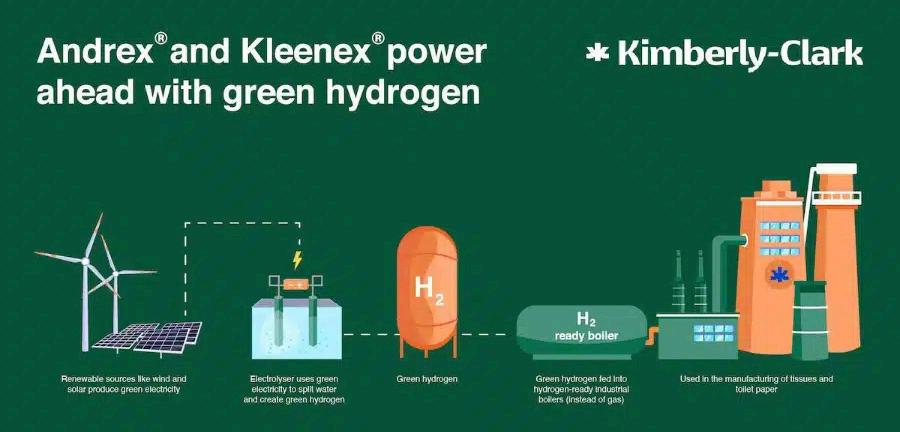
Halliburton has secured a contract to provide completions and downhole monitoring services for the Northern Endurance Partnership (NEP) carbon capture and storage (CCS) system in northeast England’s East Coast Cluster (ECC).

Halliburton has announced that it will manufacture and deliver the majority of the equipment required for a groundbreaking carbon capture and storage (CCS) project from its U.K. completion manufacturing facility in Arbroath, Scotland. This state-of-the-art center has supported North Sea operations for over 50 years, offering on-site product development, rigorous testing resources, and advanced manufacturing capabilities. These features enable efficient production and timely delivery of high-quality equipment for complex energy initiatives.
“Halliburton is pleased to develop and deliver innovative well completions and monitoring solutions for this groundbreaking carbon storage project,” said Jean-Marc Lopez, senior vice president of Halliburton’s Europe, Eurasia, and Sub-Saharan Africa region. “This project allows us to expand our completions activity and showcases Halliburton’s leadership in CCS projects. We look forward to delivering our services to support the NEP project.”

Spanish-based Fotowatio Renewable Ventures (FRV) will use Envision’s AI-powered hydrogen and ammonia system design for a 500MW project at Brazil’s Pecém Port.
FRV, which is owned by Saudi Arabia’s Jameel Energy, will use the Chinese wind turbine maker’s AI-integrated renewable energy system to build the H2 Cumbuco’s 500MW electrolyser plant.
Scheduled to begin output from 2030, the facility will supply both export and domestic markets. It is currently in “advanced development”, including engineering and environmental permitting.
If successful, the project could be expanded to 2GW of electrolysers, producing 1.6 million tonnes of green ammonia per year.
Envision’s AI system, which was recently unveiled at its own green ammonia plant in Dallan, China, supports off-grid production by converting surplus renewable power into liquid nitrogen and electrolysers responding to intermittent energy.
The Northern Endurance Partnership (NEP) infrastructure includes a comprehensive CO₂ gathering network and onshore compression facilities, connected to a 145-kilometer offshore pipeline. This pipeline leads to subsea injection and monitoring systems at the Endurance saline aquifer, located approximately 1,000 meters below the seabed. The system is designed to transport and permanently store up to 4 million tonnes of CO₂ annually in its initial phase.
Formed in 2020, NEP is a joint venture between energy giants bp, Equinor, and TotalEnergies. As the official ECC CO₂ transportation and storage provider, NEP plays a key role in supporting the decarbonization of the Teesside and Humber regional industrial clusters—two of the U.K.’s largest industrial hubs—by managing the safe and permanent storage of captured emissions. This project marks a critical step toward the U.K.’s net-zero targets and exemplifies global collaboration in climate-focused innovation.
The Chinese firm said the Dallan project was based on a “replicable” model that could be deployed globally at speed.
Henry Peng, Envision’s head of Latin America and Europe, said the FRV collaboration was a “blueprint” for operationalising the energy transition.
“We are excited about the potential that this alliance with Envision can bring to the H2 Cumbuco project, in order to provide clean, competitive, and sustainable energy solutions,” said Felipe Hernández, FRV Chief Innovation Officer.
The development adds to Brazil’s growing pipeline of large-scale green hydrogen projects as the nation looks to use its renewable resources to establish itself as a key export hub.
“When you share your news through OGV, you’re not just getting coverage – you’re getting endorsed by the energy sector’s most trusted voice.”
A tidal energy turbine has landed in the ocean. UK-based tidal energy company, Proteus Marine Renewables’ (PMR) 1.1 MW tidal energy turbine, the AR1100, has received certification from Japan’s Ministry of Economy, Trade and Industry (METI), confirming the system meets national standards for grid-connected power generation. The turbine is now operational and delivering electricity to the Japanese national grid.
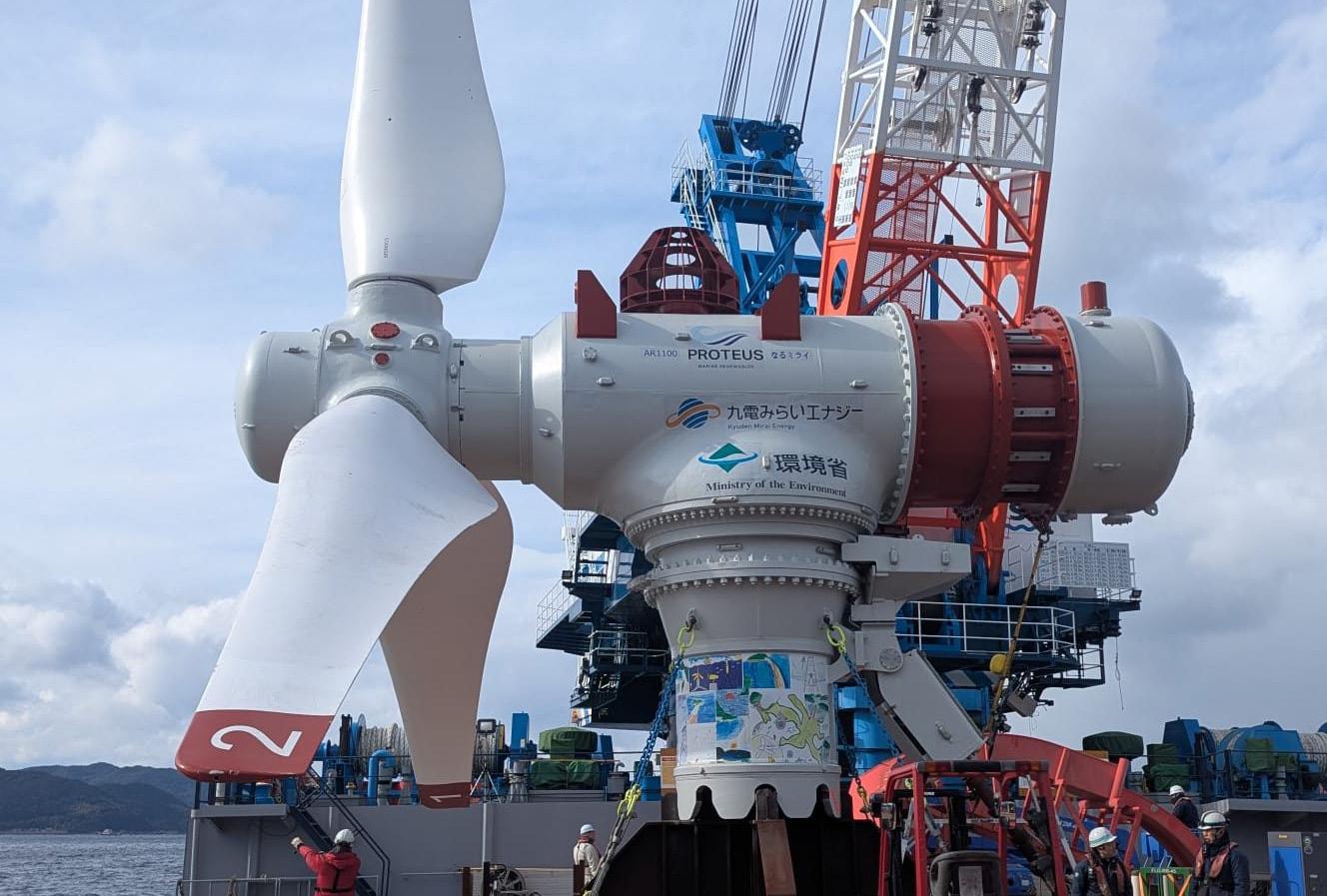
Proteus Marine Renewables has deployed the AR1100 tidal turbine in Japan, which became the country’s first ever megawatt-scale grid connected tidal energy system.
Installed in the Naru Strait, the turbine will generate 1.1 MW of clean energy, accelerating the decarbonization of the Goto Islands’ electricity supply and advancing Japan’s renewable energy transition.
Building on the success of the AR500 pilot project in 2021, where a 500 kW device operated in the Naru Strait maintaining a 97% turbine availability, Proteus signed an equipment supply and works contract with Kyuden Mirai Energy (KME) in November 2022 to upgrade the device to 1.1 MW capacity.
Leveraging its modular architecture, Proteus enhanced its existing turbine’s performance and efficiency by integrating advanced pitch and yaw systems, along with other improvements to achieve a 1.1 MW rating.
The deployment, carried out by local vessels and resources under the supervision of the Proteus Offshore Services team, was
made possible through the collaboration and expertise of key partners and suppliers in Japan.
Proteus was established following a 2022 management buyout of Simec Atlantis Energy’s tidal energy division.
According to Philip Archer, Managing Director of Proteus Operations Japan: “Deploying the AR1100 in Japan is a testament to the dedication and expertise of our team working in collaboration with local professionals. The result reinforces tidal energy’s potential as a dependable renewable source in Japan. Our next immediate focus is the commissioning of the turbine, Japan’s first ever MW-scale grid connected tidal system, and the subsequent testing and accreditation phase.”
Drew Blaxland, CEO of Proteus added: “With operational turbines in both the United Kingdom and Japan, we are proving the scalability of tidal energy as a viable power source for coastal communities. As Japan expands its renewable energy mix and reduces reliance on fossil fuels, predictable sources like tidal energy will be essential in securing a stable, sustainable energy future. Proteus remains at the forefront of this transition, bringing proven solutions to new markets.”
A system which is designed for optimal efficiency in tidal currents
The AR1100 tidal turbine features a horizontalaxis rotor with three advanced composite blades, designed for optimal efficiency in tidal currents. The blade angles are independently controlled by electromechanical pitch systems housed in the turbine hub, allowing for real-time control for maximum energy capture and to minimize hydrodynamic loads.
The device incorporates a drivetrain which transmits the mechanical power extracted at the rotor through to a permanent magnet generator.
A state of the art electrically actuated, hydraulic locking yaw mechanism is used to rotate the nacelle so that the rotor faces the oncoming tidal flow as it reverses direction four times a day.
The tidal turbine is mounted on a gravitybased support structure and connected to shore via a subsea cable, transmitting power directly to an onshore station, where it is converted for grid distribution.
Receiving approval from the Ministry of Economy, Trade and Industry (METI)
According to Drew Blaxland: “Receiving METI certification is a major milestone – not only for Proteus, but for tidal energy in Japan. It confirms the AR1100 series 2’s compliance with Japan’s rigorous safety and technical standards and demonstrates that tidal power is now a viable, scalable solution for clean electricity generation.”
The project was carried out in partnership with Kyuden Mirai Energy (KME), the representative firm behind the deployment. Proteus and KME are now assessing further tidal energy deployment opportunities in Japan. Philip Archer, adds: “We’ve operated in Japanese waters before, so we know just how demanding the conditions can be.”

New Zealand has presented an ambitious draft strategy to unlock its geothermal potential, aiming to double geothermal energy production by 2040 for both electricity generation and direct heat use.
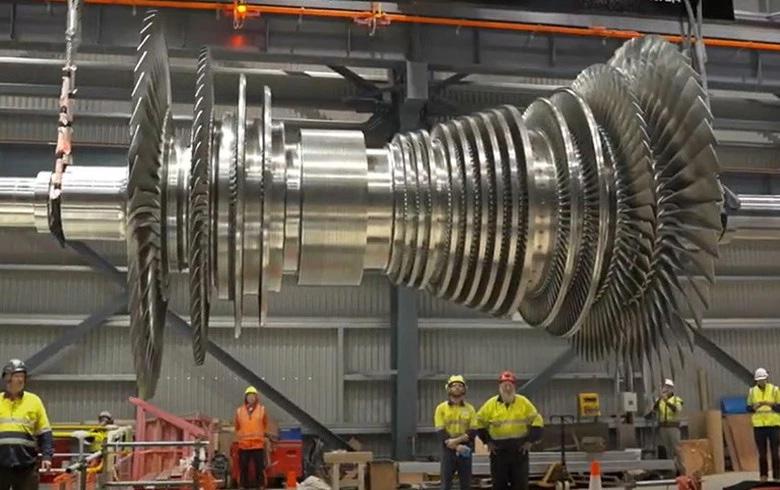
The country currently hosts 17 geothermal power plants across eight geothermal fields, representing a combined capacity of 1,207 MW. The country’s geothermal output stood at 8,741 GWh in 2024, making up for 19.9% of the country’s annual electricity generation.
Titled From the Ground Up, the draft strategy outlines a “focused pathway to geothermal
leadership” in terms of development and innovation. The document is now open for consultation until September 12, 2025.
Five action plan goals have been identified to focus the government’s approach. Namely, to improve access to geothermal data and insights; ensure that regulatory and system settings are fit for purpose; and
advance knowledge and uptake of geothermal technologies. Other major goals are to enable place-based geothermal clusters, as well as drive science, research, and innovation, including supercritical geothermal technology.
“Our unique geographic position on the boundary of both the Australian and Pacific tectonic plates, coupled with the Earth’s thin crust along that rift, gives us a significant geological advantage in expanding the use of this abundant natural resource, resources minister Shane Jones said.
“I see potential for our geothermal sector to expand and diversify into areas such as the extraction of minerals from geothermal fluid, the development of globally sought-after innovation and science, and more use of direct geothermal energy to power industrial, commercial and agricultural applications.”
New Zealand has been a global leader in geothermal energy since the late 1950s, but despite its resource, development faces some challenges, such as high upfront drilling costs, fragmented access to data, complex and dated regulatory settings, and the scale of the sector.
The country opened its first geothermal plant, at the time the world’s second such facility, in 1958. The Wairakei plant is owned by Contact Energy and has a capacity of 132 MW.


The Czech Republic has published an action plan for the development of geothermal energy, specifically low-temperature geothermal for networked heating.

The Government of the Czech Republic, through the Ministry of Energy, has published an action plan for the development of geothermal energy for heating applications, alongside other strategies for strengthening the country’s energy security and reducing dependence on fossil fuel imports.
The Action Plan (accessible via this link) focuses specifically on the development of low-potential renewable heat and waste heat. This covers geothermal heat, ambient heat (air and water), and low-temperature waste heat, with heat pumps as an essential complementary technology.
To search for promising areas for the use of geothermal energy, the Czech Geological Survey, a state subsidized organization of the Ministry of the Environment, has maps of subsurface temperatures. Based on the current version of the document, “Development of the use of geothermal energy in the Czech Republic,” the potential of geothermal energy in the Czech Republic is sufficient for the gradual replacement of a significant part of primarily small and medium-sized sources (0.1-20 MW) in thermal energy supply systems.
Also of interest to the Czech Geothermal Energy Commission is the use of water from flooded mine shafts to harness geothermal energy, as well as the storage of excess heat using borehole thermal energy storage (BTES).
Currently, there are only four deep wells used for geothermal heat supply in the Czech Republic – in Decín, Ústí nad Labem, Mušov, and Pasohlávky. The Decín well supplies about 35% of the heat supply in the network to which it is connected, and is the only major operating source of geothermal energy for thermal supply networks in the country.
The Mušovv and Pasohlávky wells suppy to nearby aquaparks and are not connected to any thermal energy network.
In contrast, there are already around 30,000 small ground water heat pumps installed in the country, connected either to surface collectors or shallow well systems. Thus, the country has substantial expertise in this technology and public awareness of it is already at a high level.
The Czech Geotechnical Society has estimated the technical potential of shallow geothermal energy in Czech Republic to be about 300 GWt, while deep geothermal energy is at the higher hundreds of MWt. However, the 350 usable boreholes for temperature measurement is considered insufficient for a more accurate estimation of geothermal potential.
In general, comprehensive support for the development of low-potential renewable heat and waste heat is highly recommended, as high-potential heat (from biomass, biogas, etc.) currently predominates among renewable energy sources. The development of low-potential heat thus represents a largely untapped opportunity. Geothermal energy is considered as an option to transition thermal energy networks from current fossil fuel sources. This is more viable in smaller networks, considering the limitations of lowtemperature geothermal resources. Many conflicts are being anticipated in the further growth of geothermal, particularly relating to topics of public interest (protection of water sources and medicinal resources, protection of karst areas, mining works or landslide risks, etc) and possible distrust of residents. These conflicts will need to be resolved through a transparent and evidence-based approach, similar to current efforts of the Ministry of the Environment for wind and photovoltaic projects.
Reducing the risk of drilling appears is essential for the development of deep geothermal energy, for which practices abroad (e.g. France) and the use of a certain type of revolving funds or insurance to cover the risk of failure of the first well need to be explored. Furthermore, it is necessary to significantly increase the level of current knowledge of geothermal energy within the Czech Republic, including by increasing the network of exploratory wells.
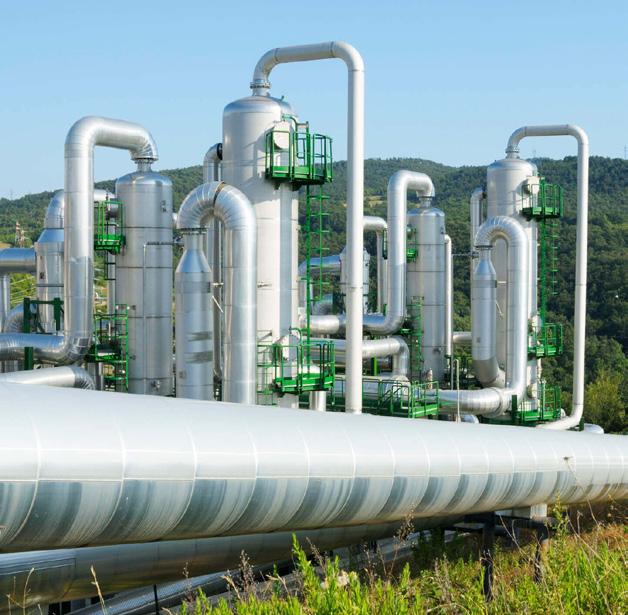


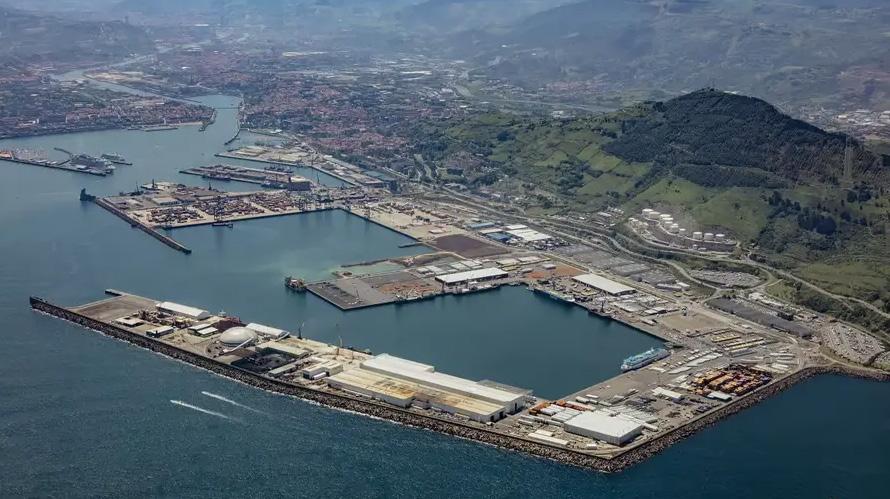
The Port Authority of Bilbao has awarded an €11.48 million contract to a four-company consortium for the construction and maintenance of four solar photovoltaic (PV) plants, marking a major step in its BilbOPS onshore power supply initiative.
The joint venture—Viuda de Sainz, S.L., Radimer Servicios Energéticos, S.L., Achiles Ingeniería Fotovoltaica, S.L., and Solar 360 de Repsol y Movistar, S.L.—will carry out the engineering, construction, and operation of the new PV facilities, which are aimed at supplying renewable energy to vessels docked in the Port of Bilbao. The contract also includes a comprehensive two-year maintenance agreement, with the possibility of a one-year extension.
The PV systems will be deployed at four key locations within the port’s service area. These include:
• Zierbena Dock: 809.6 kWp capacity
• Santurtzi Breakwater: 494.36 kWp
• Ferry terminal pre-boarding zone (A-6 Dock, Santurtzi): 2,424.4 kWp
• Cruise terminal car park (Olatua, Getxo): 527.12 kWp
Together, these installations will feed into the port’s expanding OPS (onshore power supply) infrastructure. Work is expected to be completed within eighteen months.

Repsol Renovables, a renewables company within Spanish multienergy group Repsol SA, has agreed to cut the size and capacity of a planned 110-MW solar farm near the Sierra Salinas natural area in the Valencia region, eastern Spain, following negotiations with the Villena City Council, the municipality said on Monday.
Renewable Energy as the Backbone of BilbOPS
The PV plants form a critical component of the BilbOPS project, a multi-phase investment to enable shore-to-ship electrical connections at Bilbao’s ro-ro, ro-pax, container, and cruise terminals. The goal? To reduce emissions and improve energy efficiency by allowing vessels to plug into renewable power while at berth.
The first phase of BilbOPS, scheduled to be completed in early 2026, involves the installation of 11 shore connection points with a combined power output of 30 MW. This phase represents an investment of €4.7 million and has already secured €3.9 million in funding from the EU’s Recovery and Resilience Facility.
The second phase, currently underway, stretches from 2025 to 2027 and carries a significantly larger budget of €50.1 million. This stage is being financed through Connecting Europe Facility (CEF) funds, the Bilbao Port Authority’s own capital, and a broader €80 million loan secured from the European Investment Bank (EIB).
By integrating solar energy directly into the port’s OPS system, the Port of Bilbao positions itself as one of the few maritime hubs in Europe actively developing a dual infrastructure model—renewable energy generation alongside power distribution.
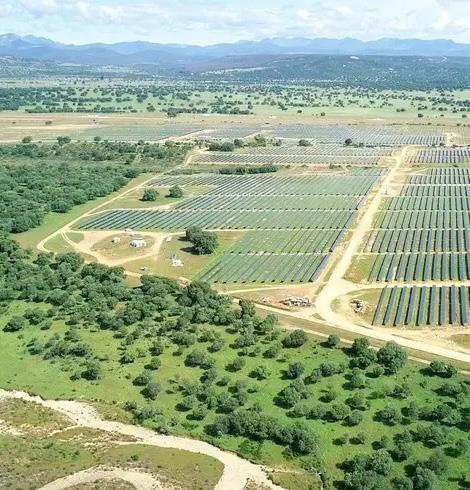
The company will reduce the plant’s capacity to 103 MW, trim its footprint by 14 hectares (34.6 acres), and shift the site 500 metres further from Sierra Salinas, the council said in a statement.
The Spanish ministry for the ecological transition had approved the project against the council’s opinion, rejecting its appeals over environmental concerns. With the ministry’s authorisation in place, the local government will now grant the required building permit, incorporating the changes agreed with Repsol Renovables.
Villena’s councillor for industry, Javier Martinez, said the measures fell short of the council’s preference for an alternative location, but welcomed the company’s willingness to negotiate. Construction is expected to begin by the end of the year.
The council has sought to have Sierra Salinas designated as a Natural Park under Valencia’s regional laws, but said it had received no response from the regional environment department.
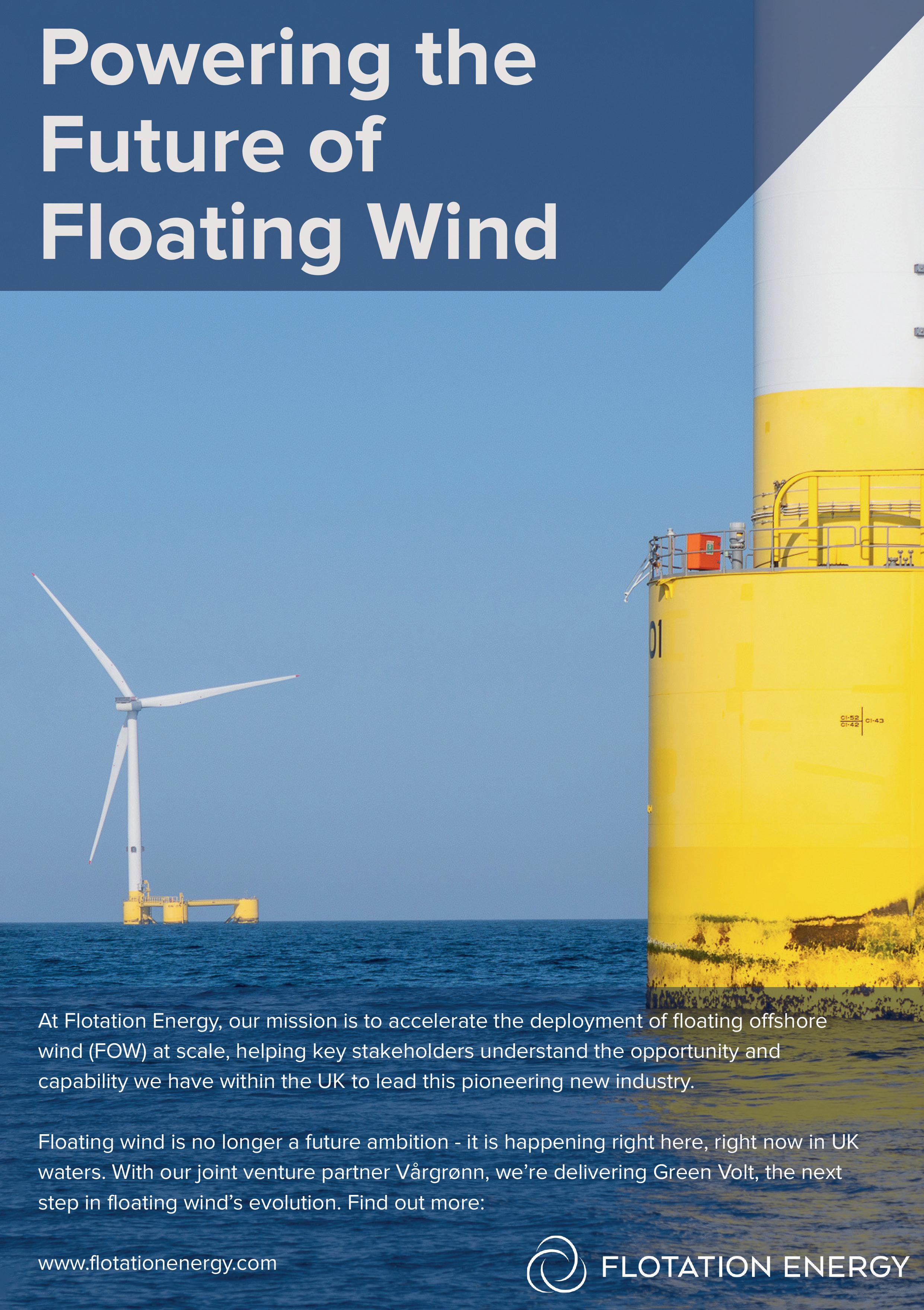







&




Our Safety Shop is a fully automated cabin and has the latest versions of our gas detection equipment, including Gas Detection Connect, which monitors workers health in real time. It also hosts INARA, our new digital confined space entry system and the X-plore 8000, an ATEX rated version of our powered air respirator system. The cabin can operate 24 hours a day, 7 days a week, 365 days a year, offering huge savings over a typically manned solution.
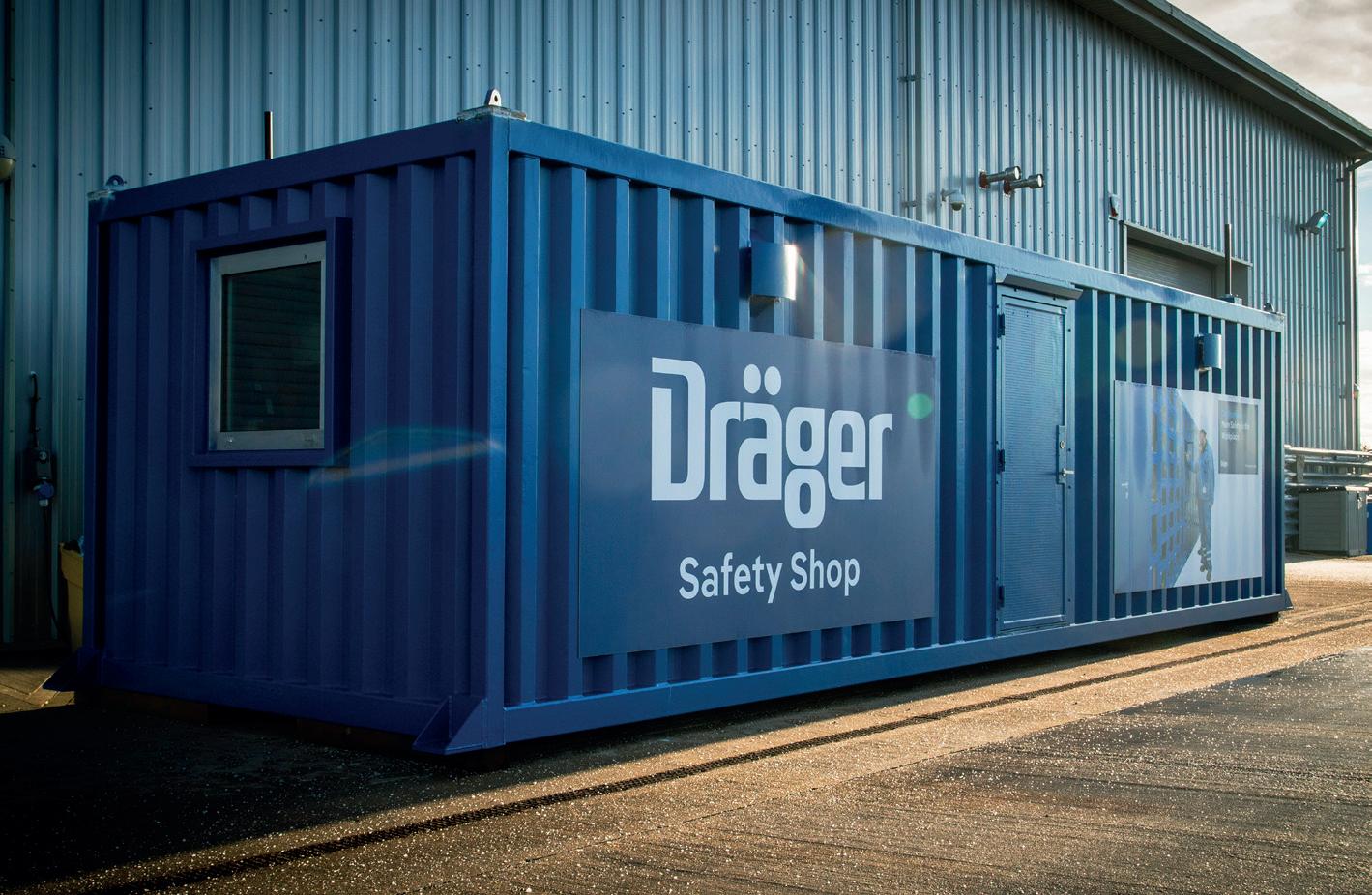
Some of the key benefits of the Safety Shop are:
• Totally autonomous TARs with no need for manning
• Automatic reporting for overdue instruments
• Reporting for damaged instruments
• Fully customisable container for various TAR sizes
• Control 3rd party equipment alongside Dräger equipment


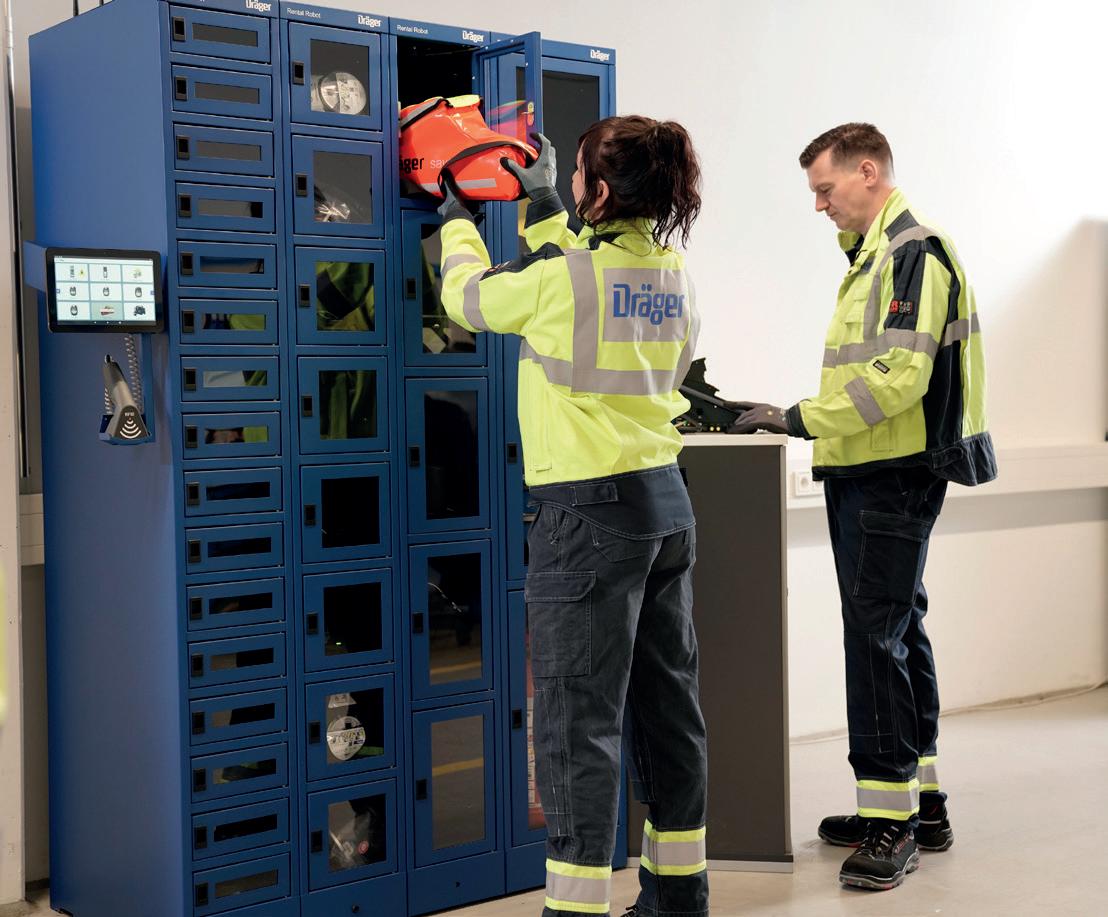
The Safety Shop offers end users a fully flexible rental model, allowing you access to industry leading safety kit without the capex outlay. At a time when budgets are tight and markets are uncertain, one thing’s for sure, you won’t have to compromise on worker safety.
Get in touch today: dmo@draeger.com






Leyton is an international consulting firm that helps businesses leverage financial non-dilutive incentives to accelerate their growth and achieve long lasting performance.
We simplify your access to these complex incentives. Our combined teams of highly skilled Tax and Technical specialists, enhanced with cutting-edge digital tools developed internally, maximise the financial benefits for any type of business.
The quest for sustainable and abundant energy sources has propelled the development of numerous renewable technologies over the past few decades.

Solar energy, in particular, has gained prominence due to its virtually limitless potential. Amidst the advancements in photovoltaic (PV) technologies, a promising innovation stands at the precipice of revolution: perovskite solar cells. Known for their remarkable efficiency and potential for low-cost production, perovskite solar cells are heralding a new era in solar energy, paving the way for a cleaner future.
Perovskite materials, named after the mineral calcium titanium oxide, possess a unique crystal structure that makes them particularly effective at absorbing light. The rapid rise of perovskite solar cells began in 2009, when researchers first reported a modest efficiency rate of about 3.8%. Within just a decade, thanks to intensive research and development, these cells have achieved efficiencies exceeding 25%, rivalling traditional silicon-based solar cells.
1. High Efficiency: The impressive lightabsorbing properties of perovskite materials enable them to convert sunlight into electricity with high efficiency. This remarkable advancement marks a significant leap in the potential of solar energy.
2. Low Production Costs: Unlike silicon-based solar cells, which require high-temperature processes and elaborate manufacturing techniques, perovskite cells can be produced using simpler, low-temperature processes. This reduces both energy consumption and production costs, making solar power more accessible and affordable.
3. Versatility and Flexibility: Perovskite solar cells can be made flexible and lightweight, making them suitable for a variety of applications that traditional rigid solar panels cannot accommodate. They can be integrated into building facades, windows, or even wearable electronic devices, expanding the scope of solar energy utilization.
Authored by – Dylan Langford MEng, Associate Director
4. Tandem Efficiency: Perovskite materials can be combined with traditional silicon solar cells in tandem structures, significantly boosting overall efficiency. This synergy between technologies offers a pathway to surpass the efficiency limits of standalone silicon cells, making solar power more effective.
1. Building-Integrated Photovoltaics (BIPV): The flexibility and aesthetic appeal of perovskite solar cells make them ideal for BIPV applications. Architects and engineers can seamlessly integrate these cells into building materials, such as windows and facades, transforming structures into selfsustaining power generators. This innovation not only reduces dependency on external energy sources but also lowers overall energy costs for buildings.
2. Portable and Wearable Solar Devices: The lightweight and flexible nature of perovskite solar cells enable the development of portable and wearable solar-powered devices. These advancements hold promise for powering a wide range of applications, from mobile phones and laptops to wearable health monitoring systems, enhancing the convenience and sustainability of everyday technology.
3. Agrivoltaics: By integrating perovskite solar panels with agricultural systems, farmers can efficiently use their land for both crop production and energy generation. The semitransparent nature of some perovskite cells allows sufficient light to penetrate for crop growth while generating electricity, offering a dual-benefit solution to land use.
Despite their potential, perovskite solar cells face several challenges that must be addressed to realize widespread commercialization:
1. Stability and Longevity: Early perovskite solar cells exhibited issues with stability and degradation when exposed to moisture, heat, and UV radiation. However, significant progress has been made in enhancing their robustness. Advancements in encapsulation techniques and material compositions are crucial to ensuring long-term durability and performance.
2. Toxicity Concerns: Some perovskite materials contain lead, raising environmental and health concerns. Researchers are actively exploring lead-free alternatives and developing recycling methods to mitigate these risks. Ensuring the safe and sustainable disposal of perovskite solar cells remains a priority.
3. Scale-Up and Manufacturing: Moving from laboratory-scale production to mass manufacturing presents challenges in maintaining efficiency and quality at scale. Developing reliable, scalable production processes is essential to bringing perovskite solar cells to market. Collaborative efforts between academia, industry, and government can expedite this transition.
The rapid advancements and immense potential of perovskite solar cells have caught the attention of researchers, investors, and policymakers globally. Collaborative efforts and continued investment in research and development are key to overcoming the existing challenges and unlocking the full potential of this game-changing technology. Public-private partnerships, government incentives, and international collaboration can drive the commercialization of perovskite solar cells. By fostering innovation and supporting the transition from research to practical application, we can accelerate the adoption of these cells and maximize their impact.











SPE Offshore Europe
V 2-5 September 2025 , P&J Live Aberdeen
OGV Recruitment Fair
V 17 September 2025 , Houston
African Energy Week 2025
V 29 Sept - 03 Oct , Cape Town
Geofluid
V 1-4 October 2025 , Piacenza, Italy
OTD Energy
V 15 - 16 October 2025 , Norway, Stavanger
Offshore Energy 2025
V 25 - 26 October 2025 , Amsterdam, Netherland
Wider African Energy Summit
V 18 - 19 November , Aberdeen
Adipec 2025
V 03 - 06 November , Abu Dhabi
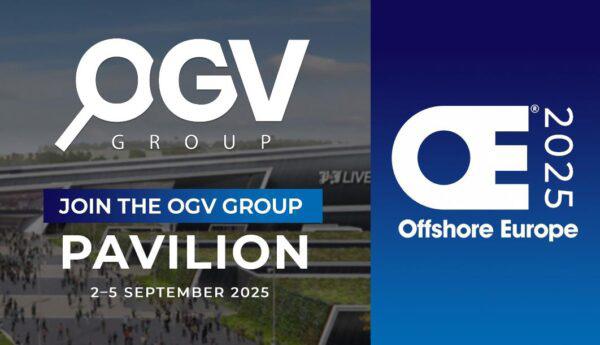




Lauren
Durno, Head of Sales – Energy, UK

For offshore drilling operators, transporting the workforce from their homes to offshore platforms and vessels is a task that can come with numerous challenges and considerations.
Remote locations, multiple starting points, significant numbers of personnel, unforeseen weather, and factors outside of your control can cause a logistical headache for many administration and booking managers. Navigating these hurdles to get personnel from various locations into the one place, via transfers and additional stops is a requirement that can overwhelm, as well as exceeding budget and time constraints.
This is a job that could be made simpler by having a resource with an in-depth knowledge of travel arrangements and a dedication to overcoming last-minute disruptions to ensure operations and workforce rotation remains on schedule.
ATPI prides itself on being a partner to the global energy industry and the diverse mix that includes, from traditional energy sources to renewables. Despite the emergence of new energy portfolio’s, conventional oil and gas remains a key sector for us, and one we are proud to support. That pride is reciprocated within the industry, with 80% of drilling contractors partnering with ATPI for their corporate and workforce travel needs.
Like our established track record in many industries (energy related or not), our position within the drilling sector comes down to a variety of competitive factors.
⁃ Extensive sector know-how: Thanks to our decades of experience in oil, gas, and offshore travel, our drilling customers benefit from our insights and tailor-made solutions to meet the unique demands of the industry.
⁃ Seamless end-to-end solutions: Our team is always available to handle every little detail, all the way from the planning stages through to the execution. Our aim is to create a hassle-free travel experience that saves your crew managers time and effort.
⁃ Innovative technology solutions: Our portfolio of specialised tools and products has been designed for specific energy sector challenges. This allows administrative managers to stay ahead with efficient solutions that enhance productivity and streamline processes.

⁃ Navigating complex destinations: With drilling rigs and sites in diverse locations, our gateway solutions enable smooth travel even in more challenging regions. Our goal is to overcome logistical obstacles and ensure business continuity, wherever operations take the team.
Offshore drilling operator Seadrill has benefited from the wide array of support we provide in the industry. As a longstanding client of ours, we have supported Seadrill with both proactive planning and reactive requests.
When a key member of the team responsible for coordinating events and meetings departed four weeks before an Annual General Meeting (AGM), Seadrill was against the clock to ensure that the meeting would go ahead as intended without disruption.
Recognising the challenge at hand, Seadrill turned to ATPI for a solution. ATPI’s Events Team, working in collaboration with ATPI Management, engaged with Seadrill’s HR team to formulate a comprehensive plan. In response to the unique circumstances, ATPI proposed a novel approach. Unlike the traditional model where ATPI handles pre-booking, planning, and logistics remotely, this time, an experienced ATPI staff member was proposed to be on-site throughout the event. This individual would work hand-in-hand with on-site Seadrill personnel coordinating the meetings and guaranteeing a flawless event execution.
The selected ATPI staff member, armed with a wealth of knowledge gained from working on previous Seadrill board meetings, seamlessly collaborated with Seadrill’s coordinator. Together, they took charge of overseeing the entire event, from start to finish. Despite the challenges presented by personnel changes, the event unfolded without a hitch. Seadrill’s Chair of the Board acknowledged their joint efforts and toasted to the success of the event during the main board and management dinner.
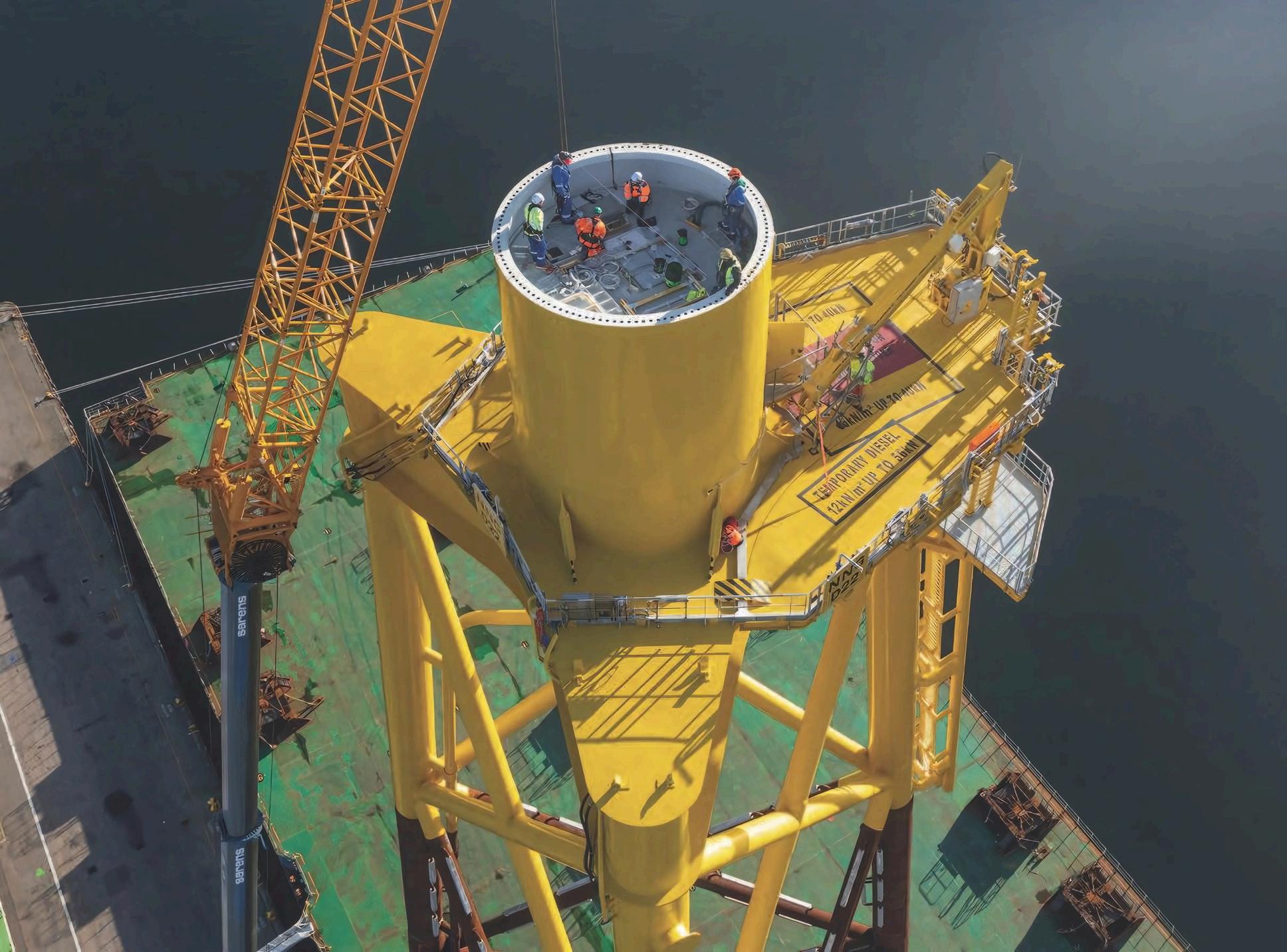
As the drilling industry is no stranger to unexpected challenges, our agile and collaborative approach plays a pivotal role in ensuring operations remain on track, whether in the boardroom or on the rig
If you would like to find out how ATPI can help streamline your travel management, email:







Y o u r S p e c i a l i s t
R e n e w a b l e s P a r t n e r
L e a d i n g P r o v i d e r o f I n s p e c t i o n , R e p a i r , M a i n t e n a n c e , a n d A s s e t
I n t e g r i t y S o l u t i o n s
A d y n a m i c E n g i n e e r i n g , P r o c u r e m e n t , F a b r i c a t i o n , C o n s t r u c t i o n
a n d I n s t al l a t i o n s e r v i c e p r o v i d e r d e l i v e r i n g i n t e g r a t e d s e r v i c e s
C o n t a c t U s O n
T : 0 1 3 4 9 2 1 0 3 1 5
E : o p e r a t i o n s @ a v e n t u s e n e r g y . c o m
S e r v i c e B a s e , S h o r e R d , I n v e r g o r d o n I V 1 8 0 E X
a v e n t u s e n e r g y . c o m

T : 0 7 8 3 4 3 7 2 9 8 6
E : d o n n y . m a r s h a l l @ a v e n t u s e n e r g y . c o m
N e o H o u s e R i v e r s i d e D r i v e , A b e r d e e n A B 1 1 7 L H
As the leading innovator, we are your competent partner to support you in the challenges brought on by the energy transition. Our technical expertise and a data pool of 40 years’ experience in pipeline industry allow for the best integrity and risk assessments when it comes to introducing future fuels into your asset base. We are at your side for your continued success in a sustainable future. hydrogen.rosen-group.com

